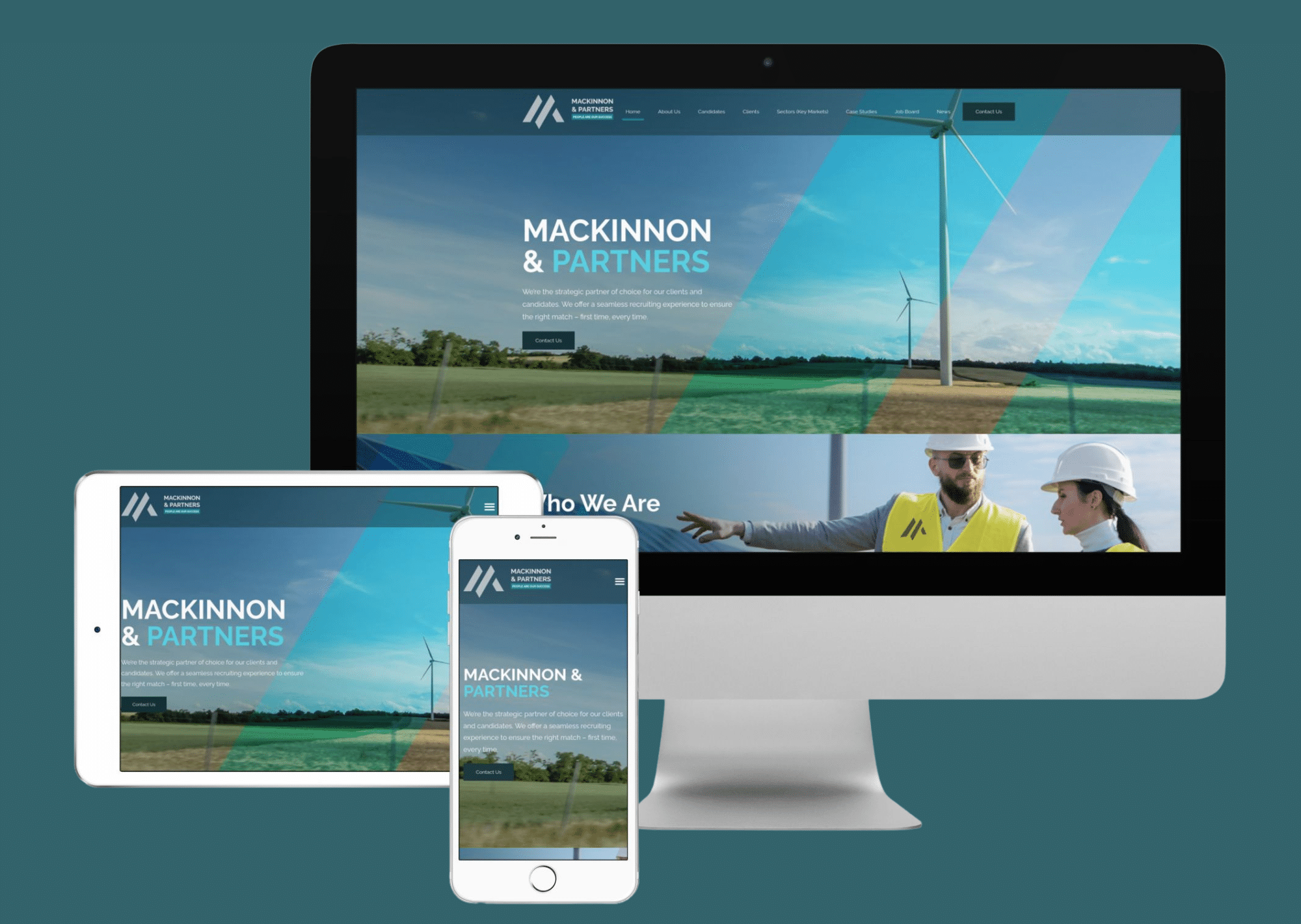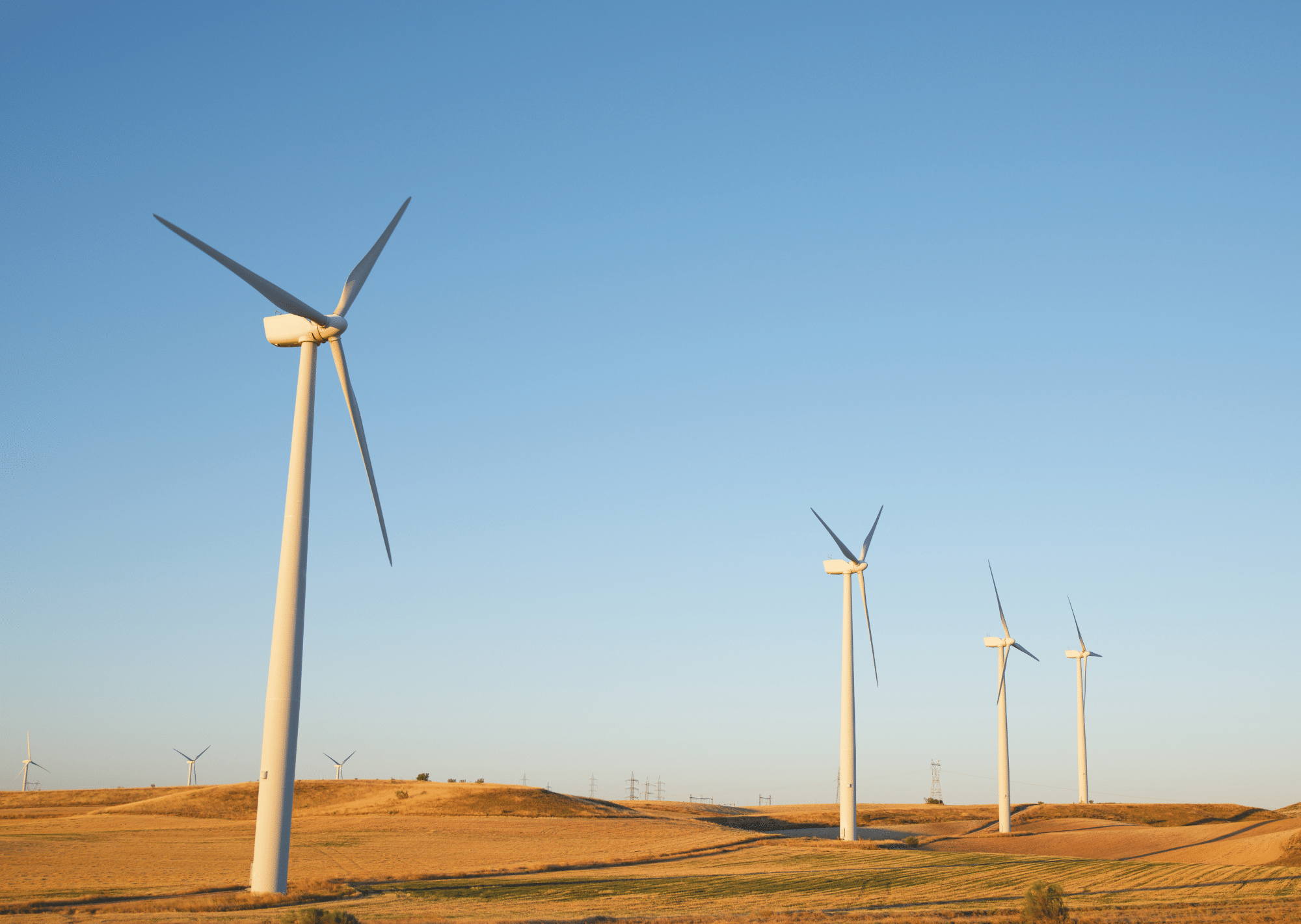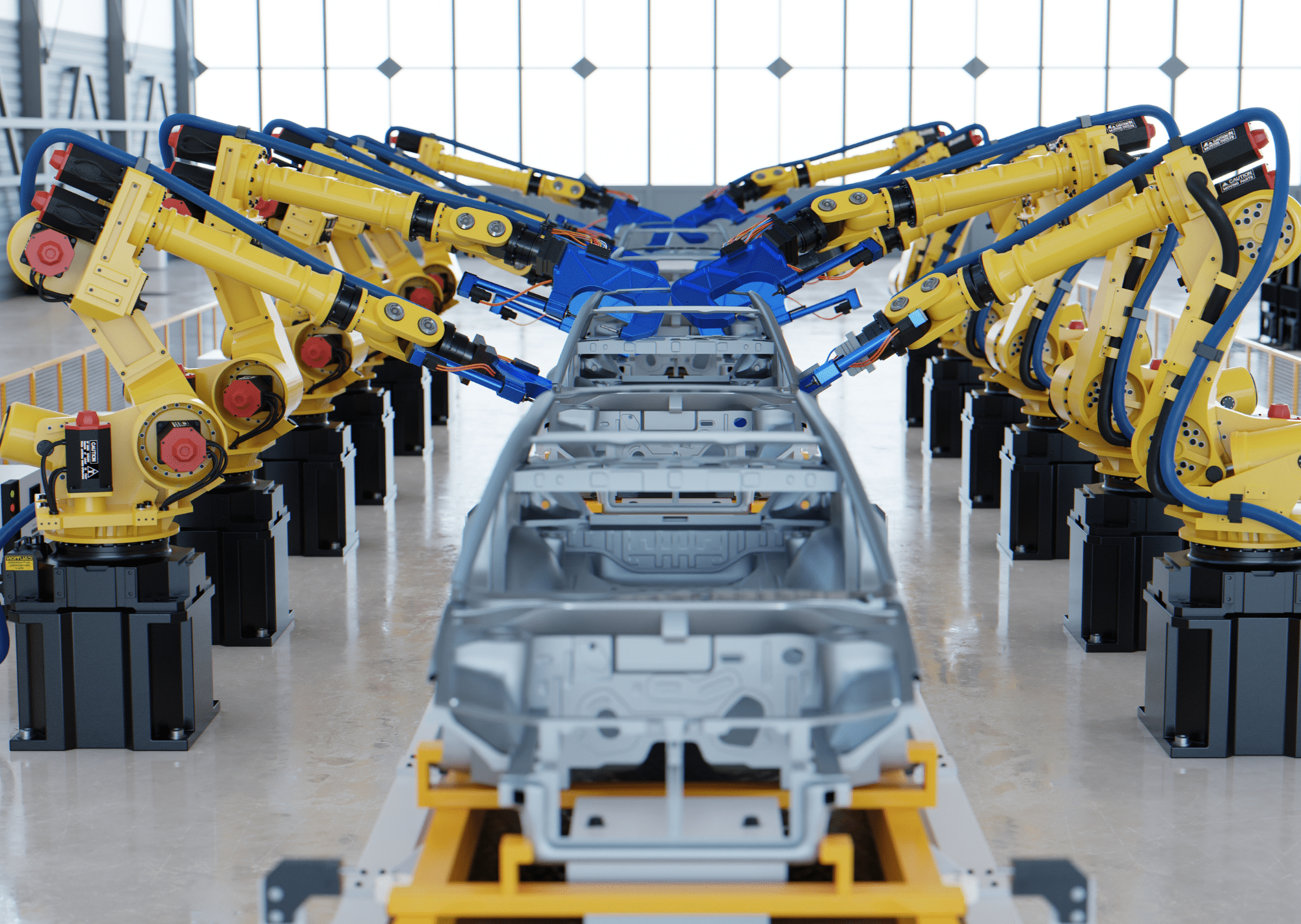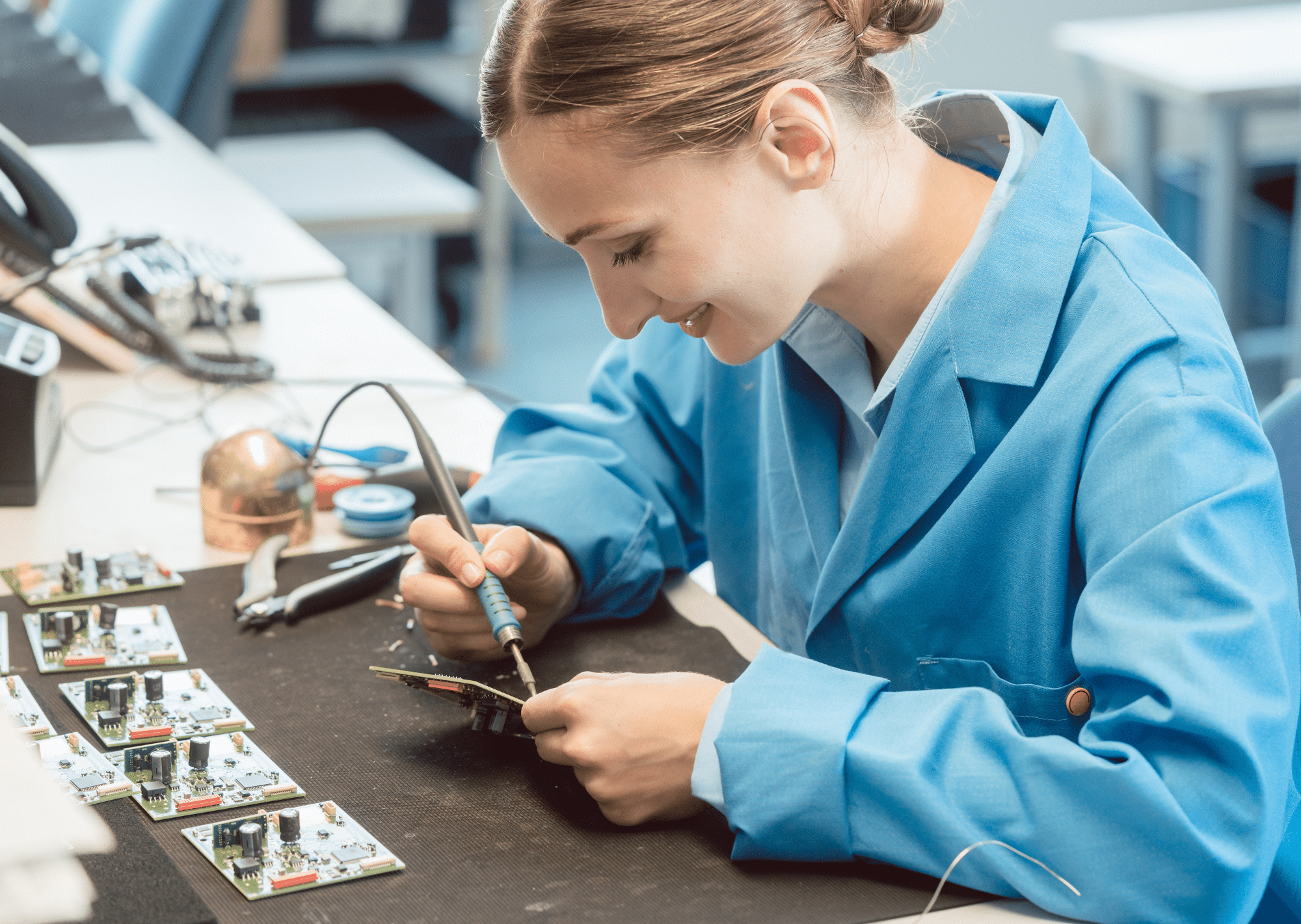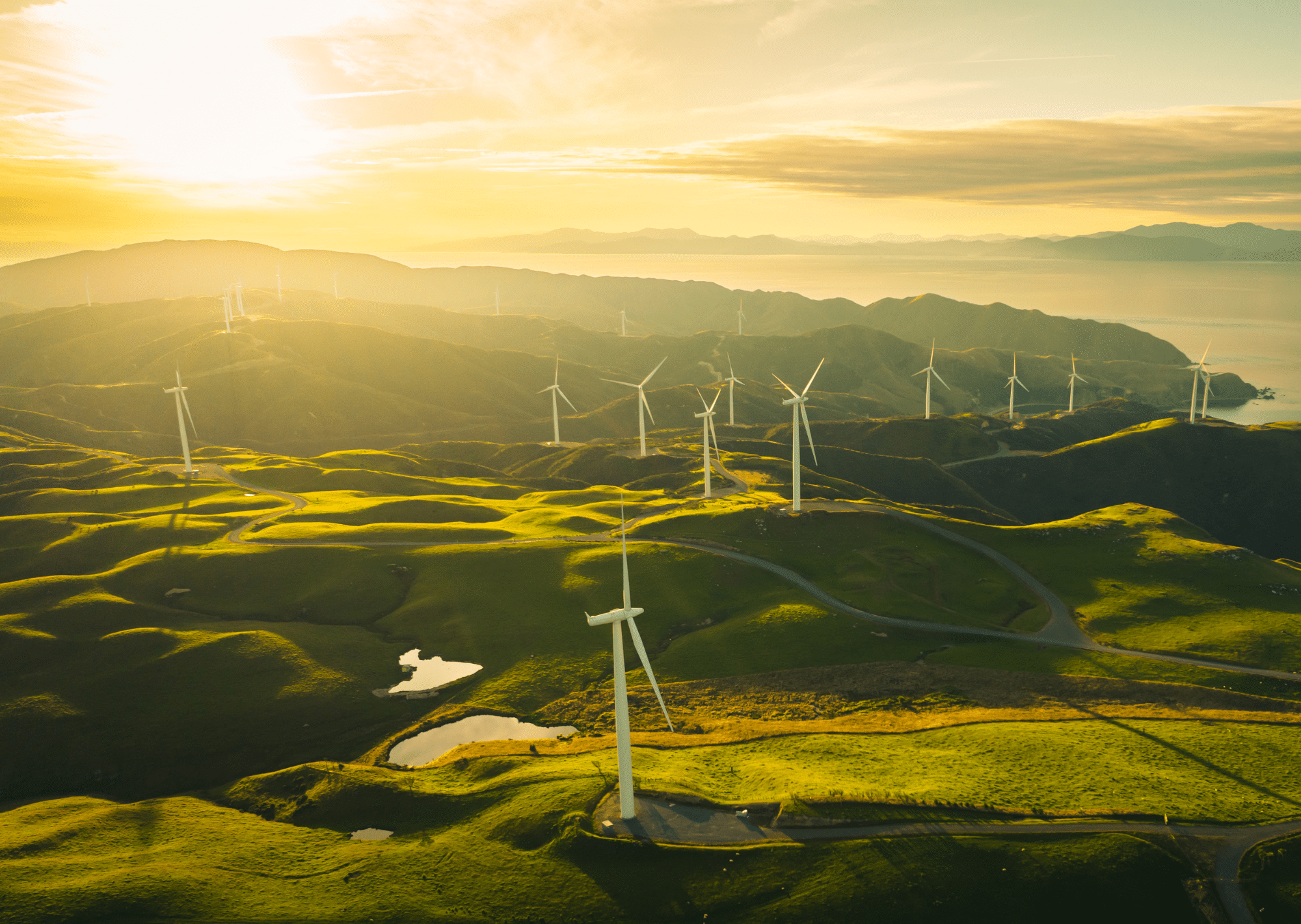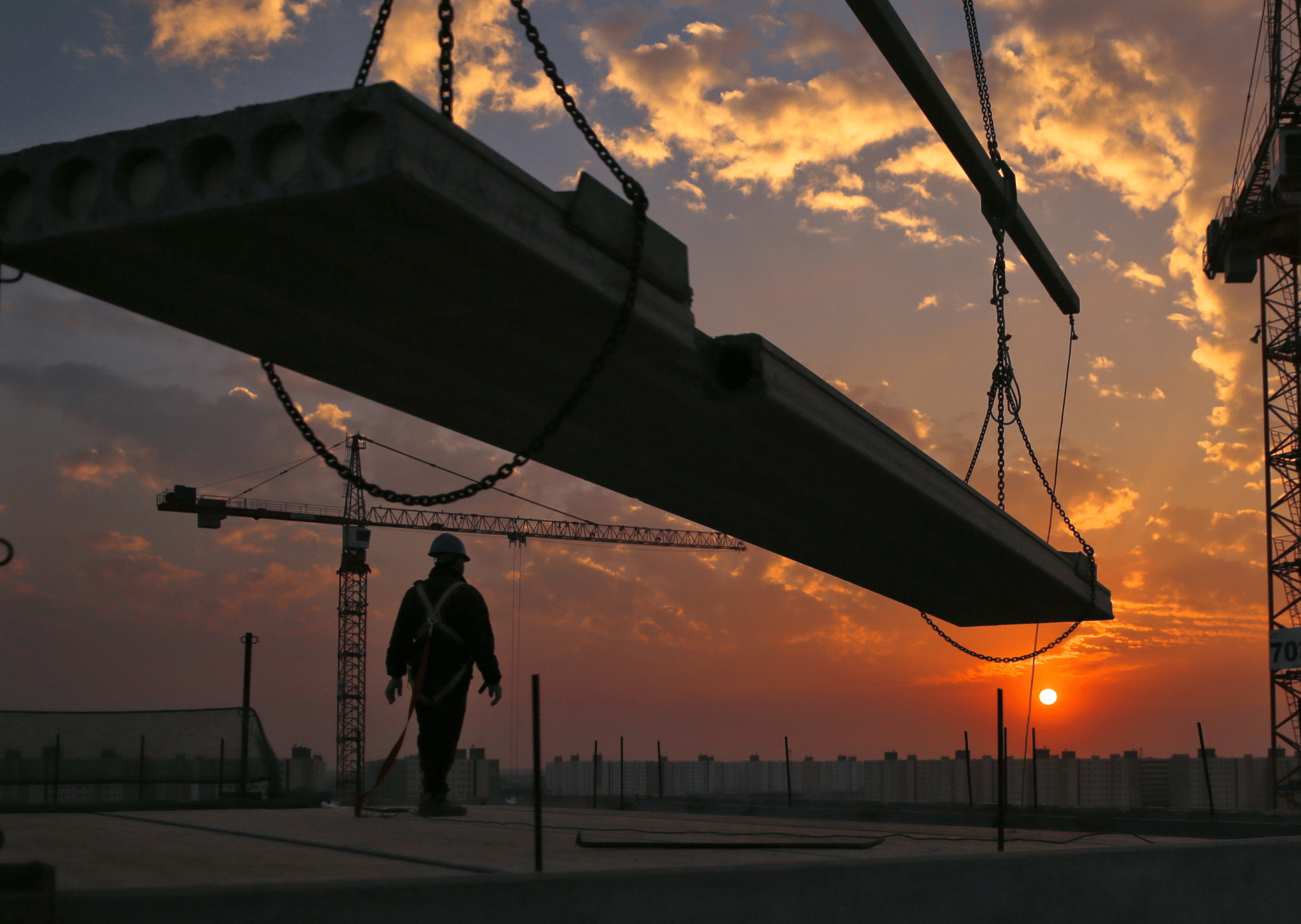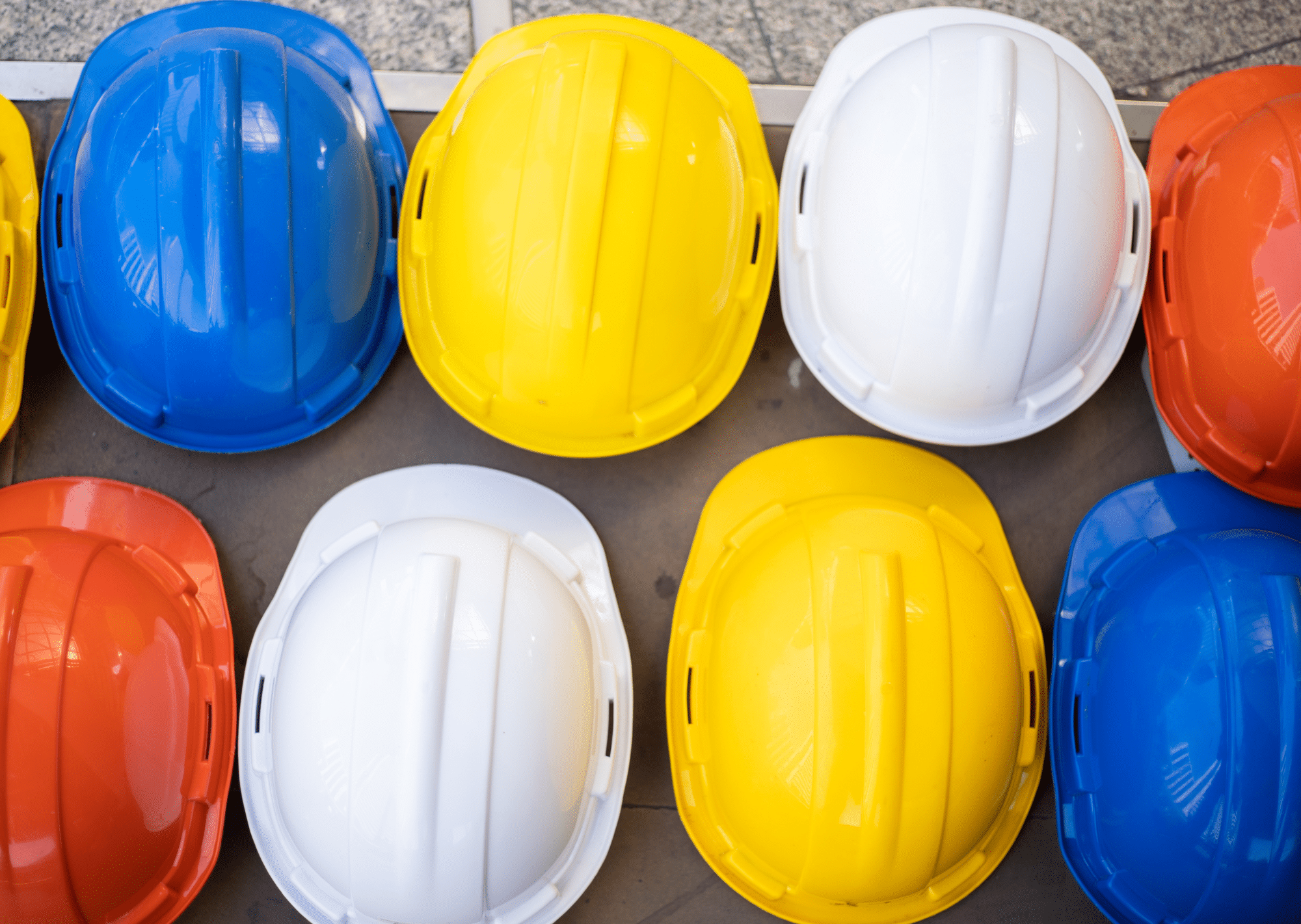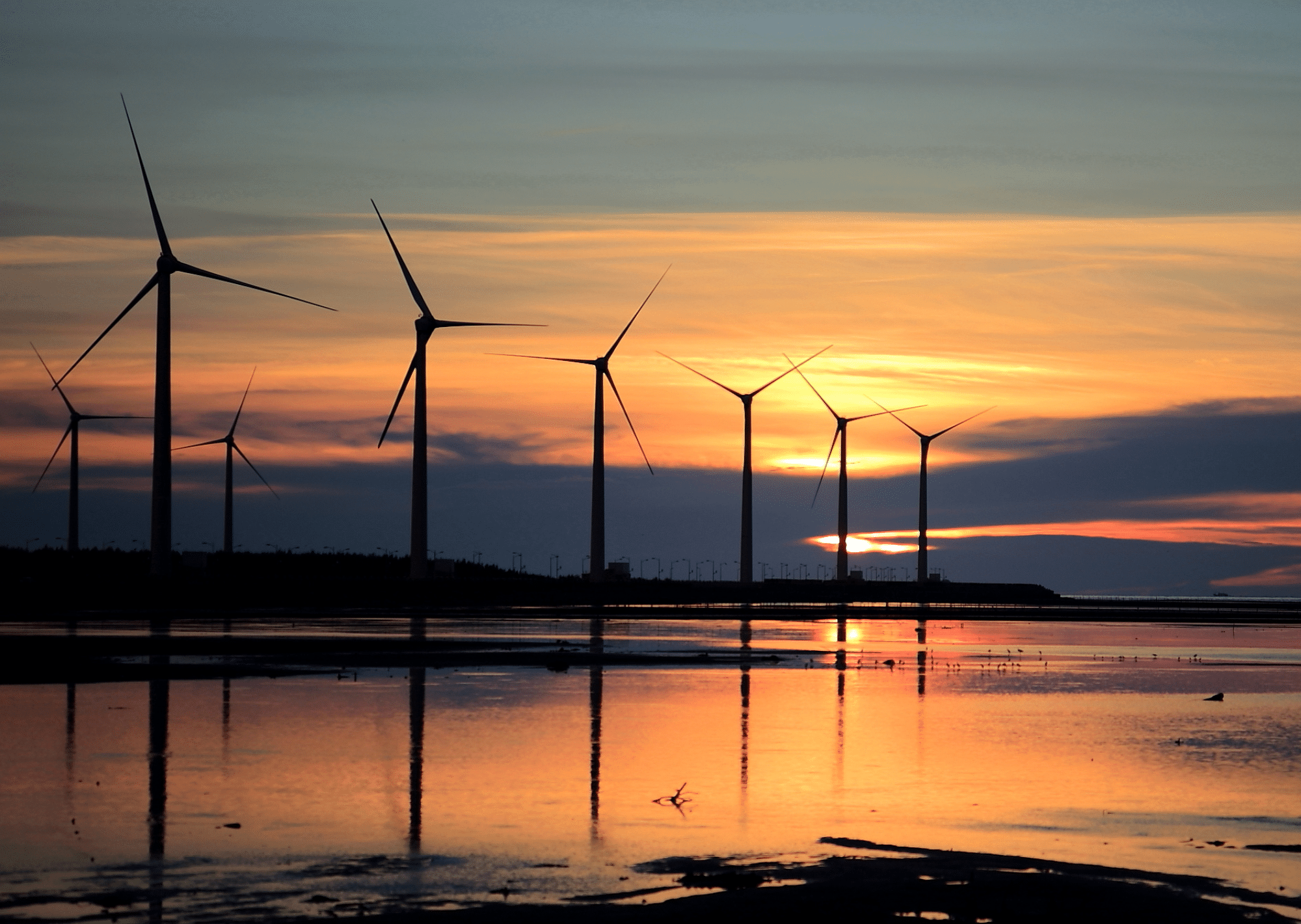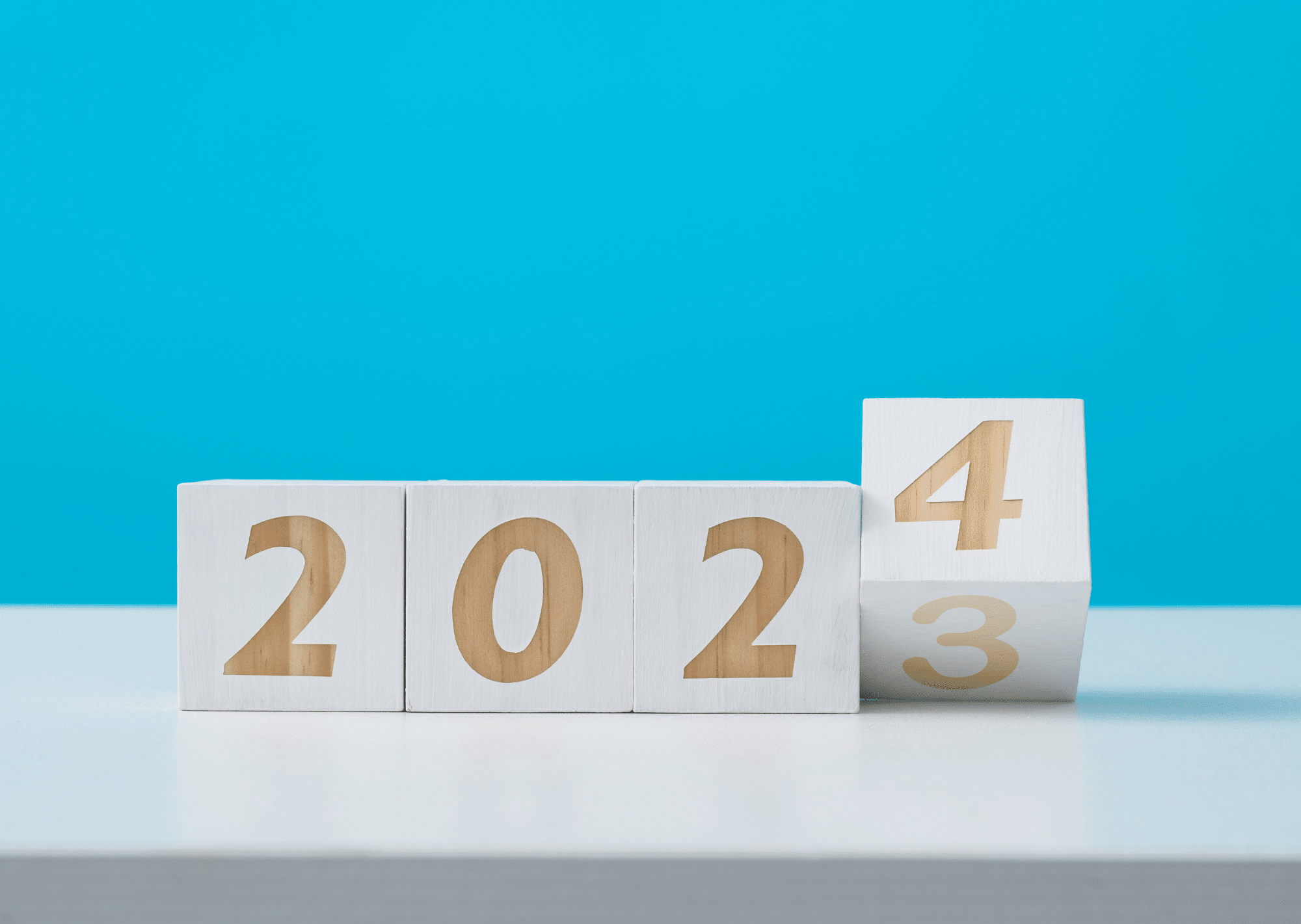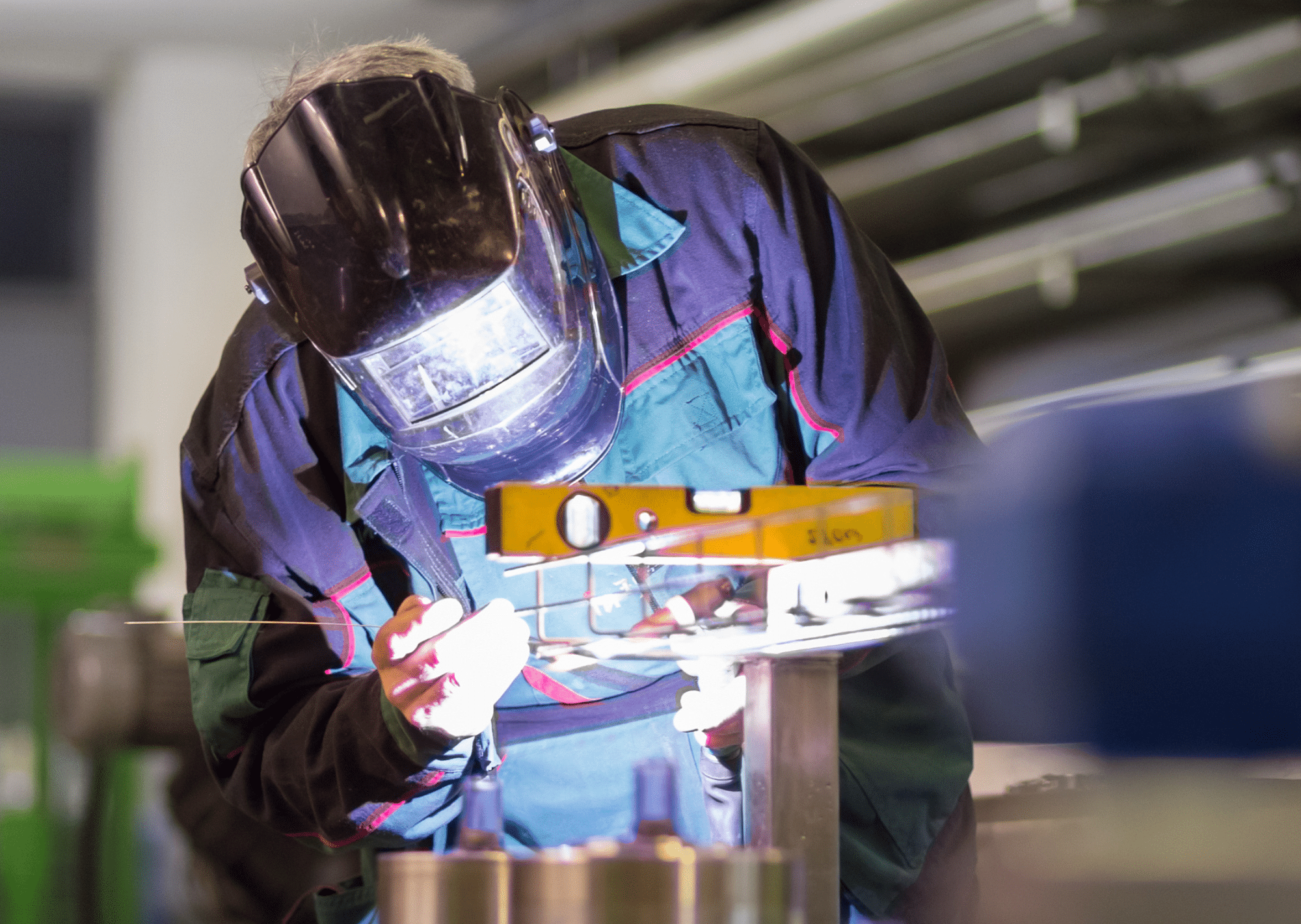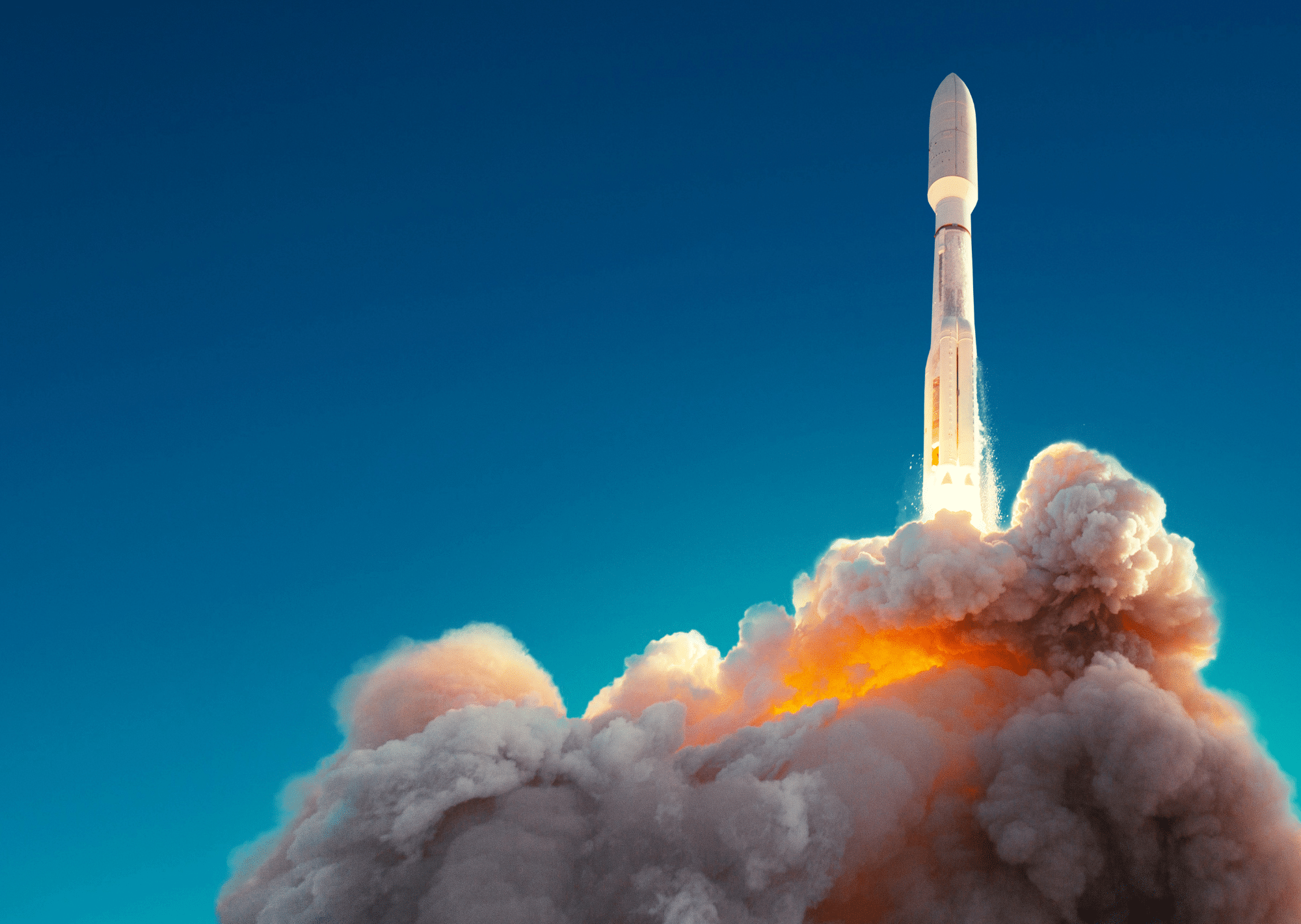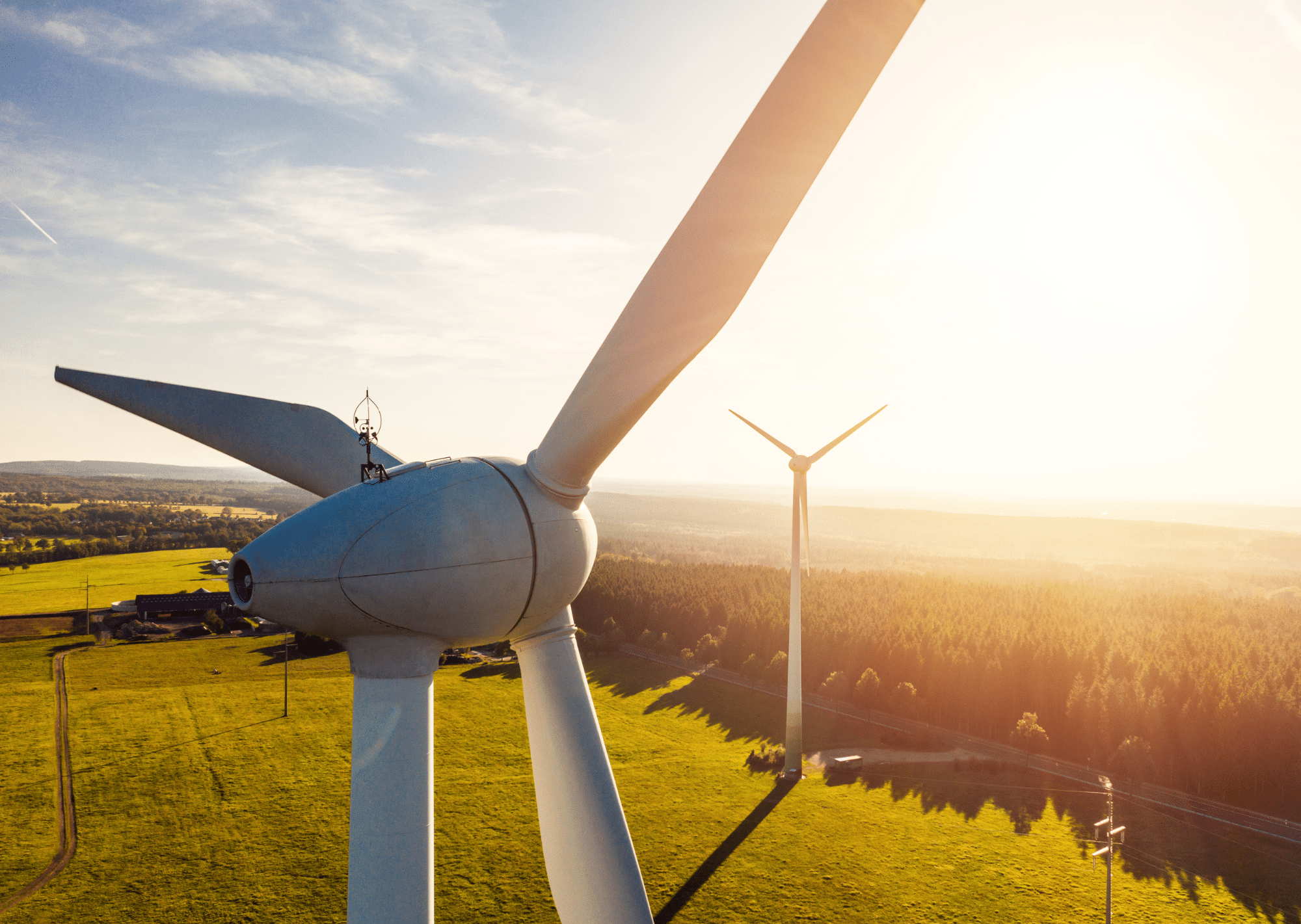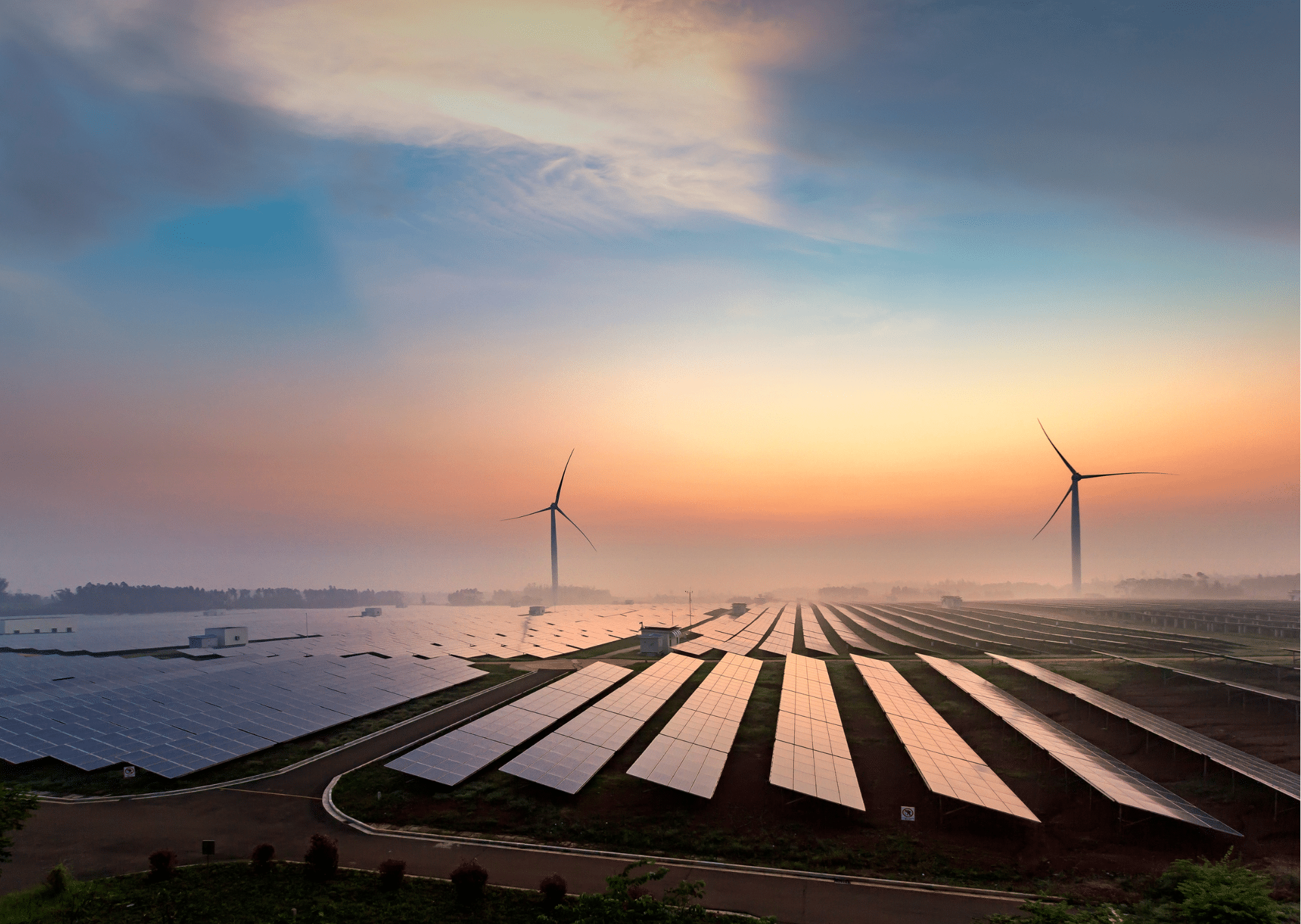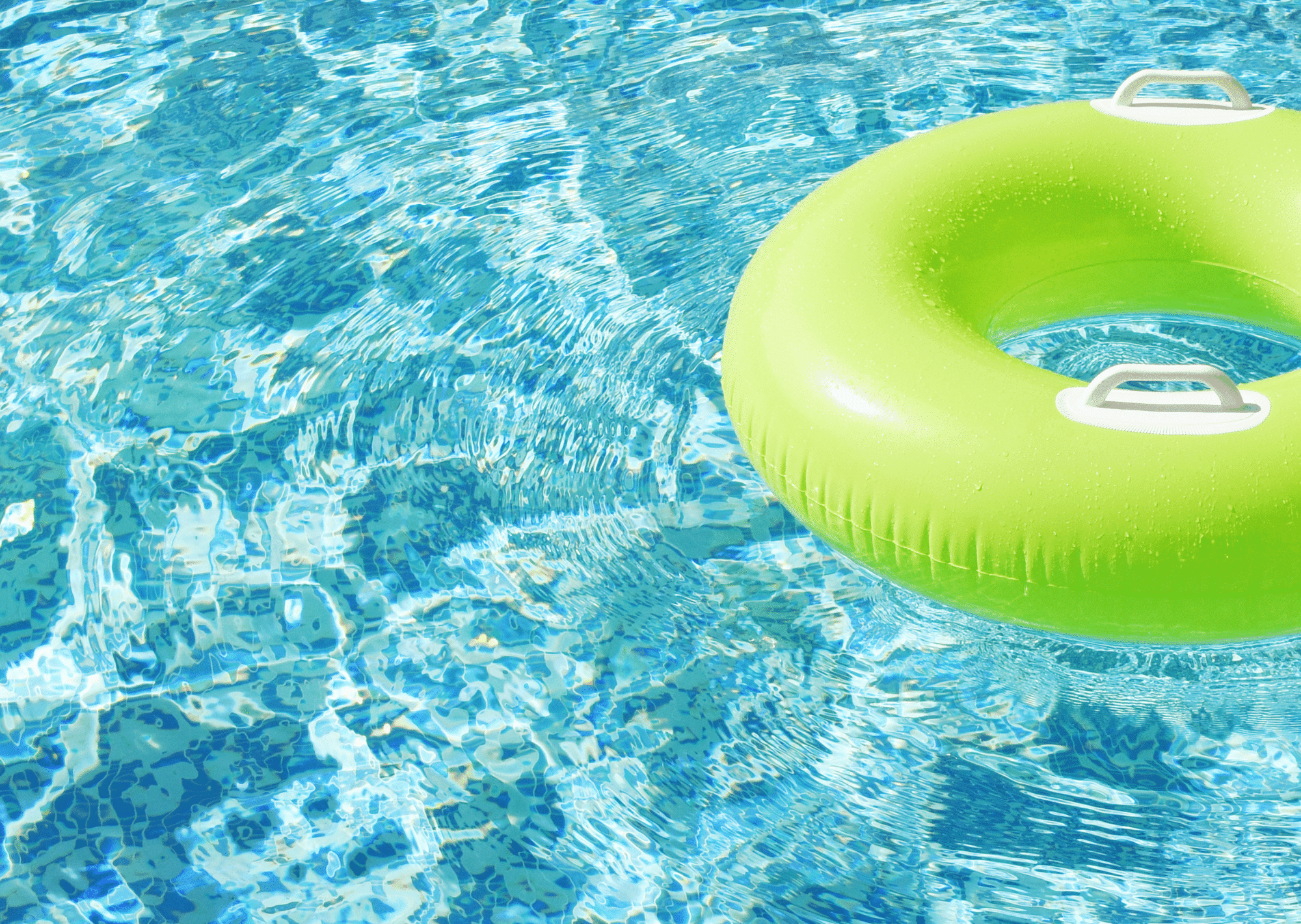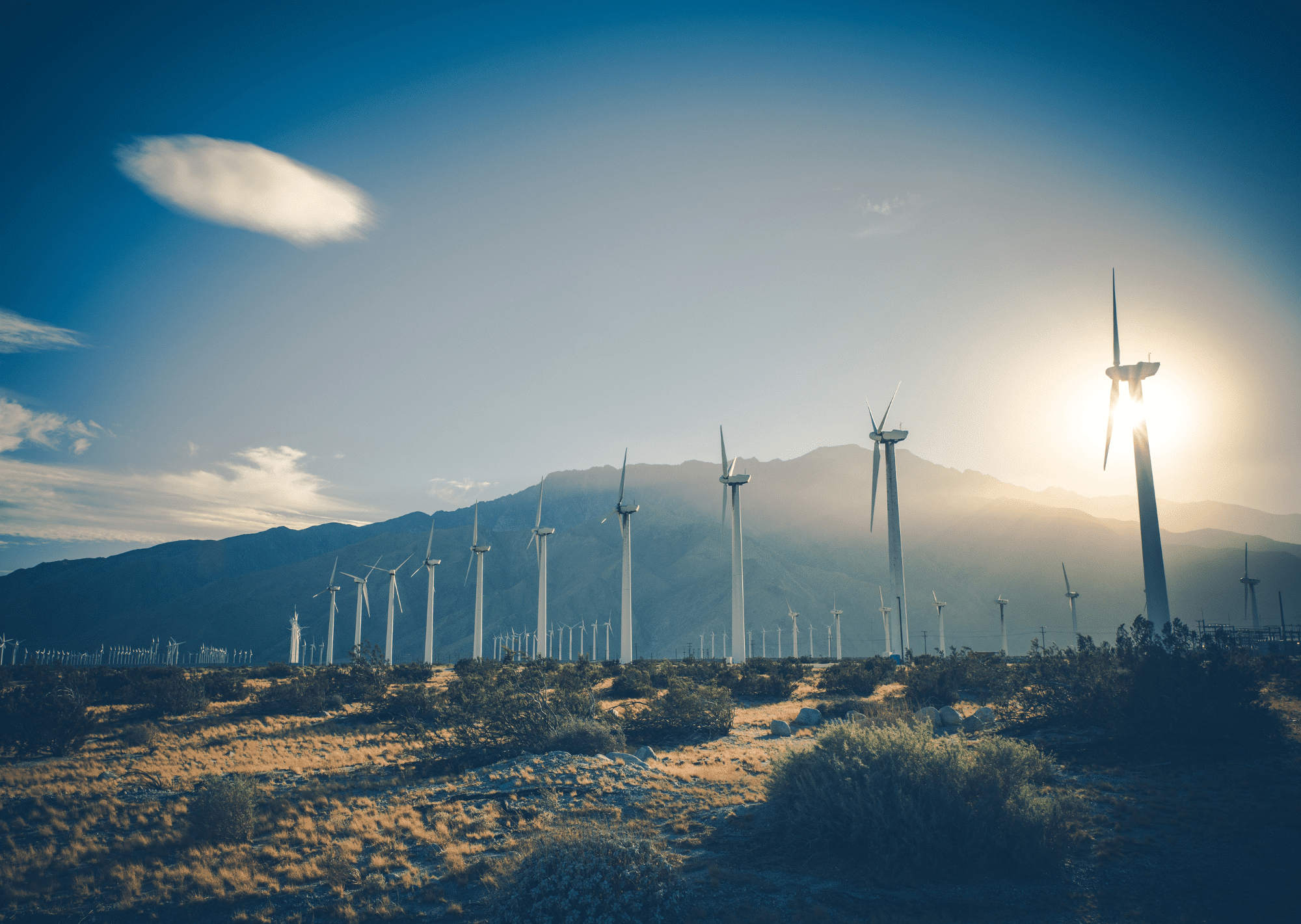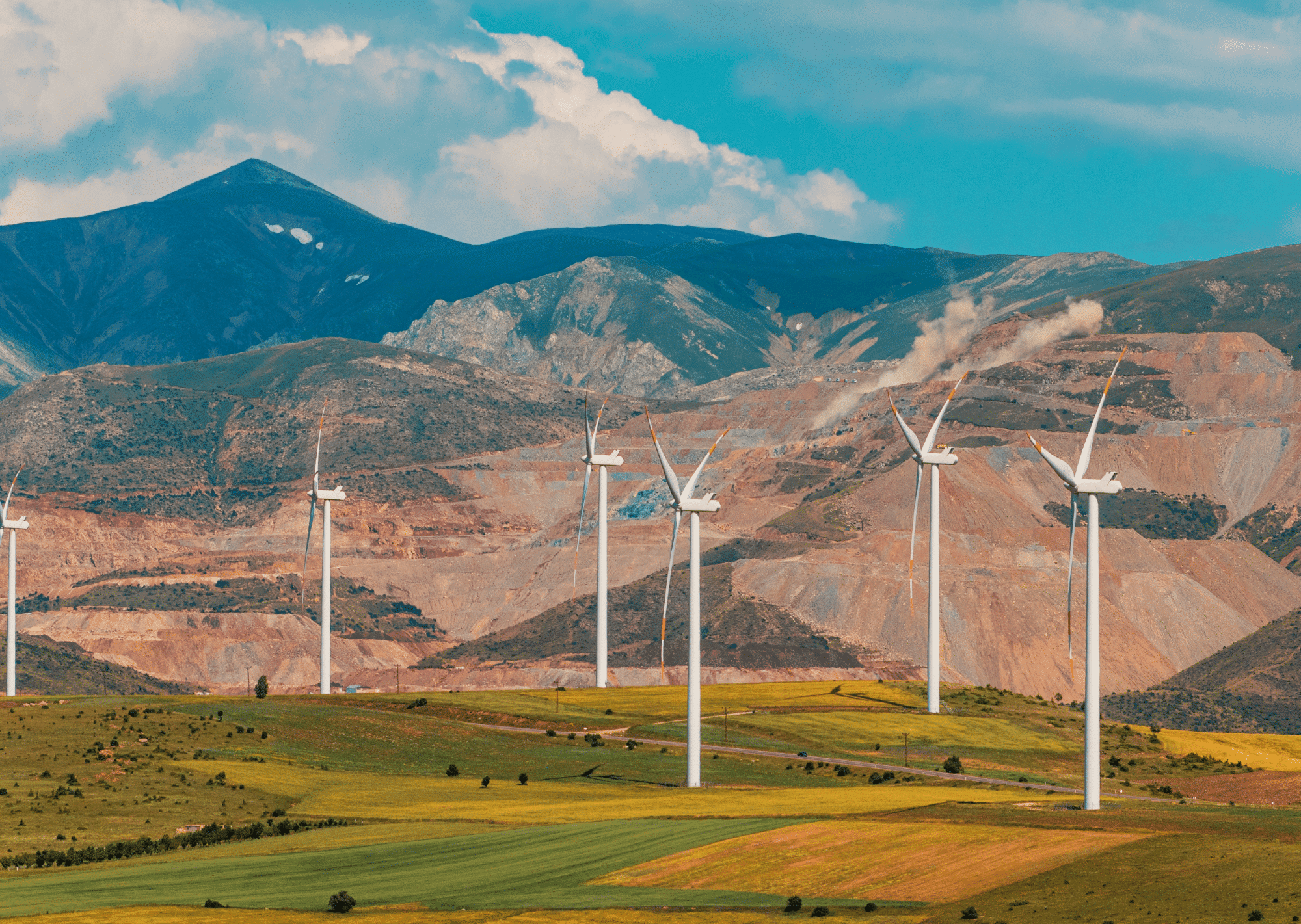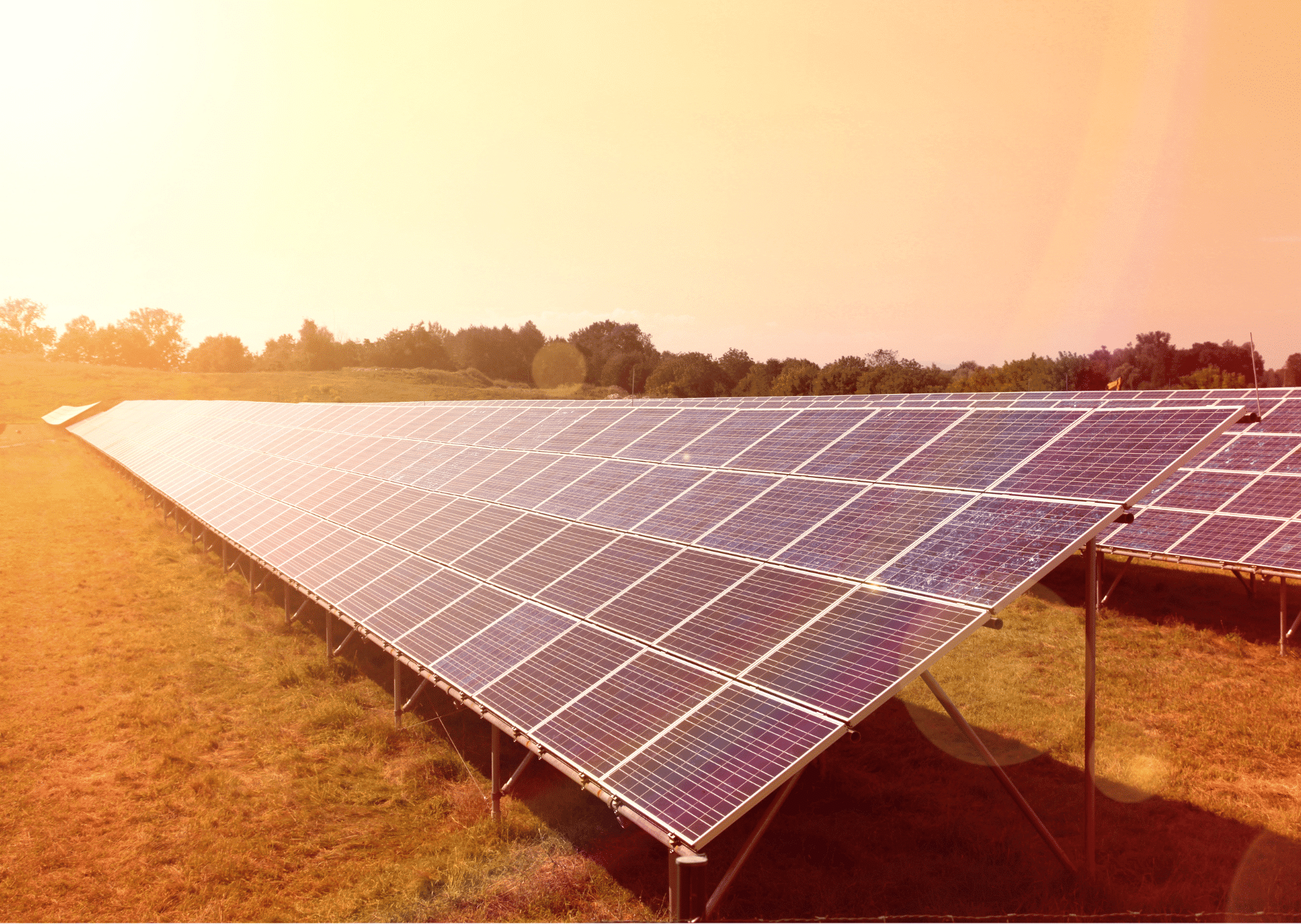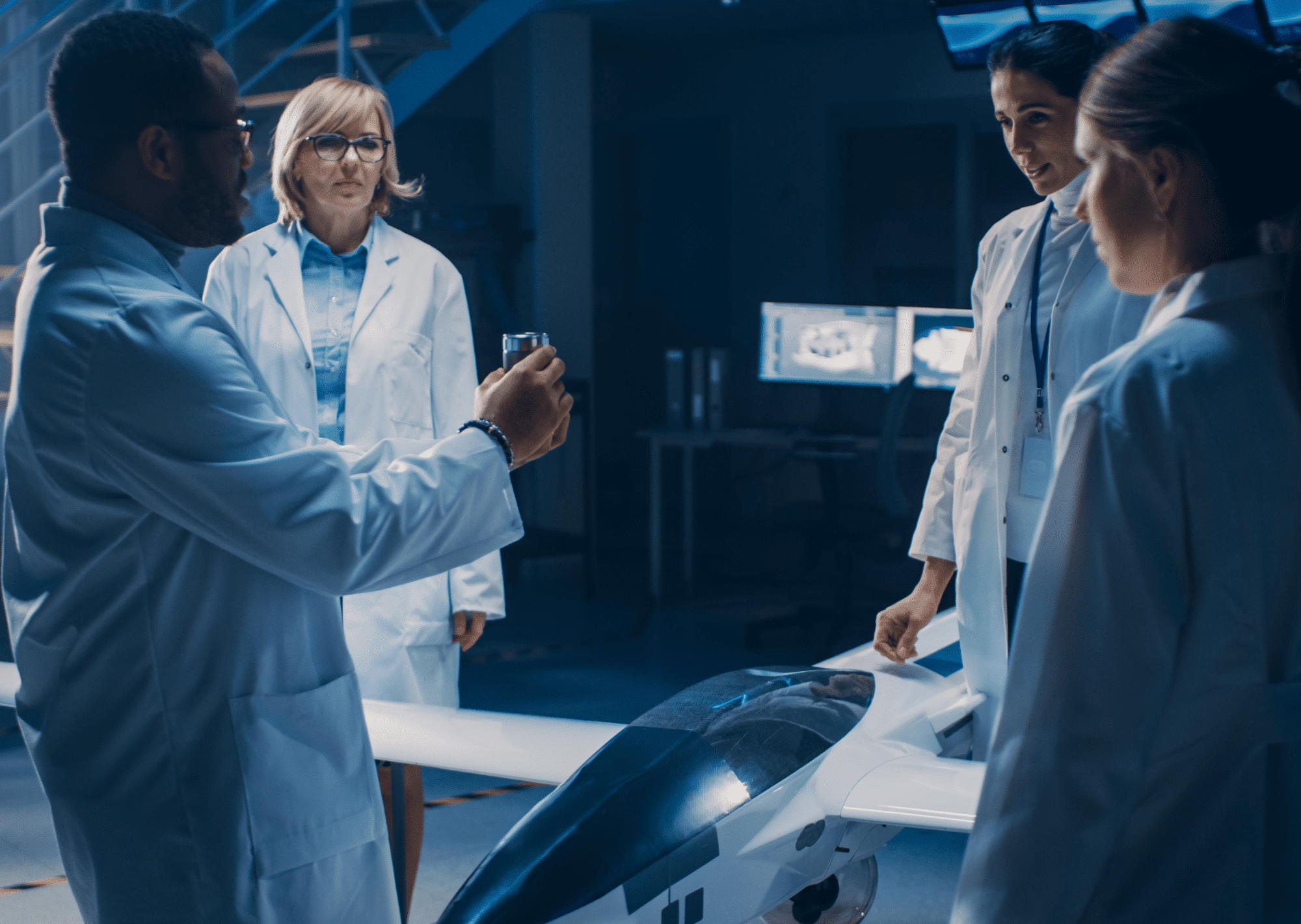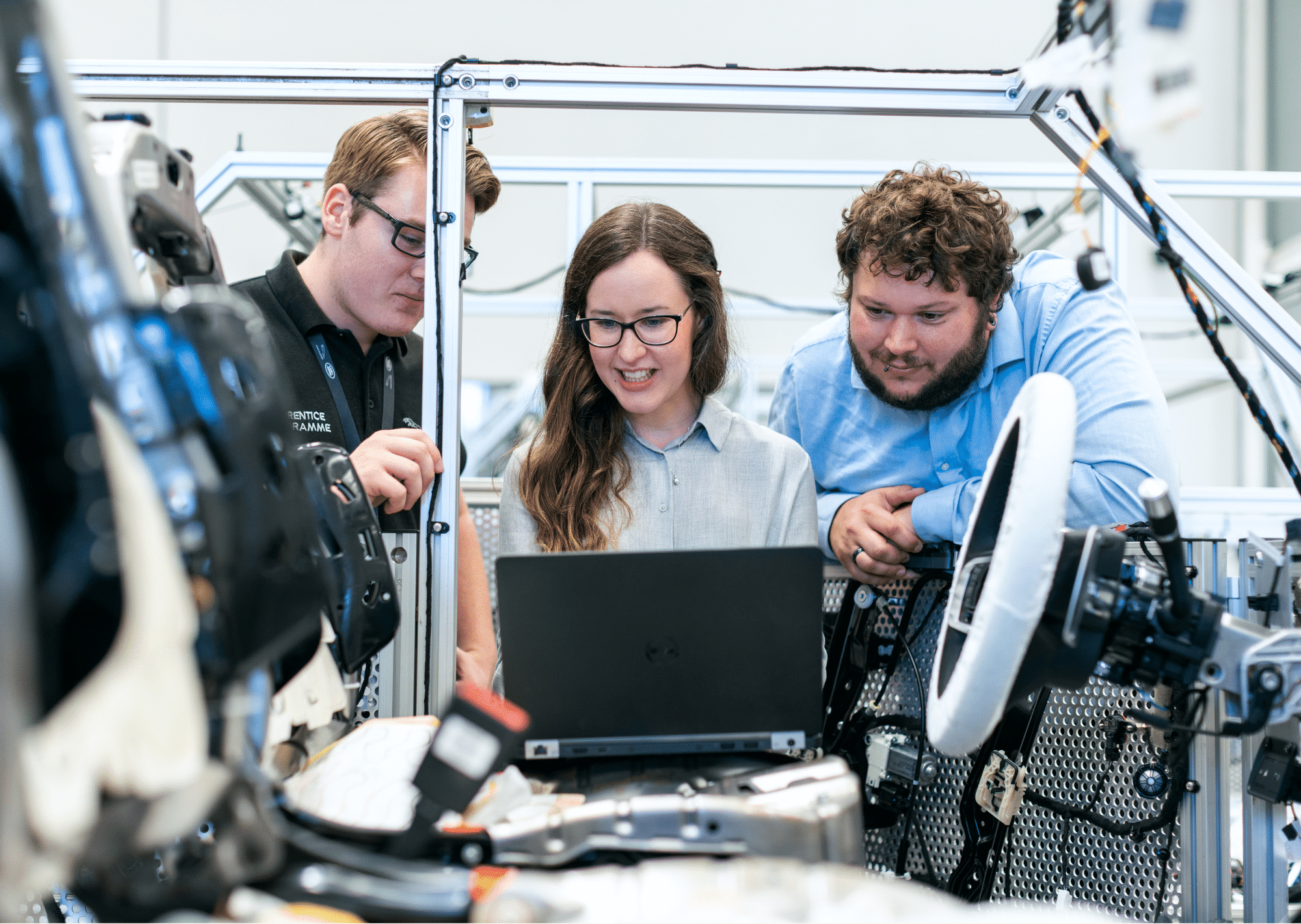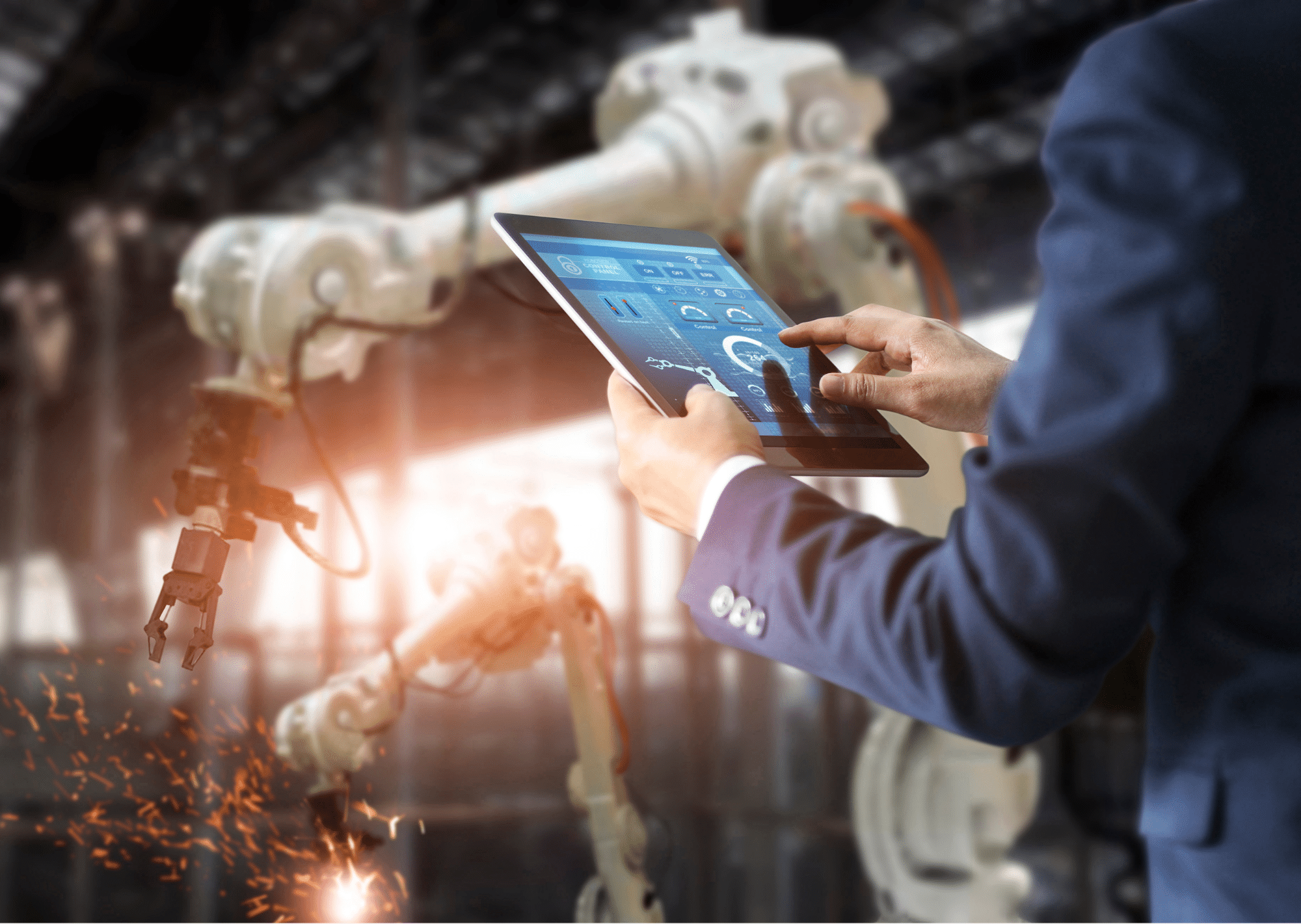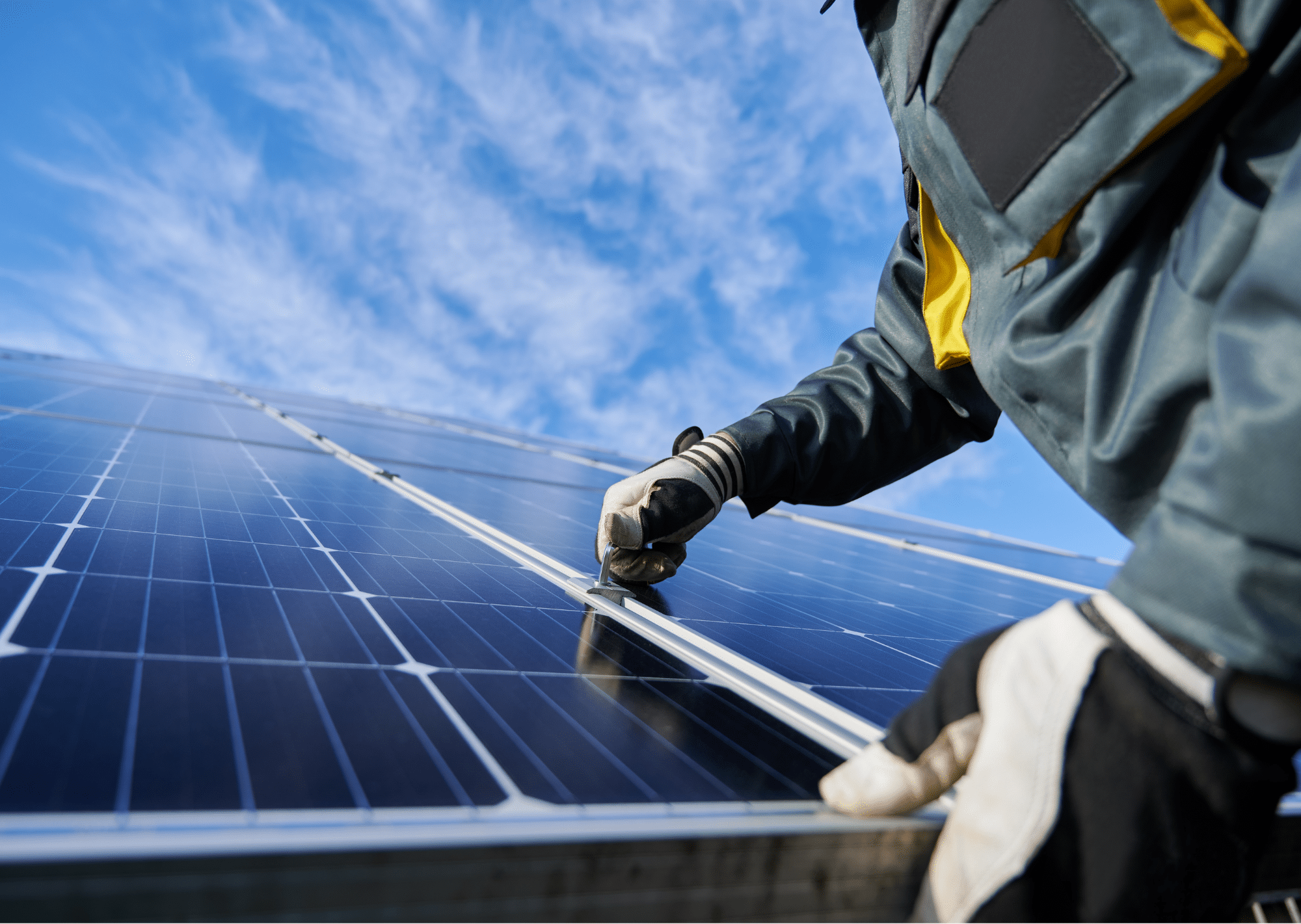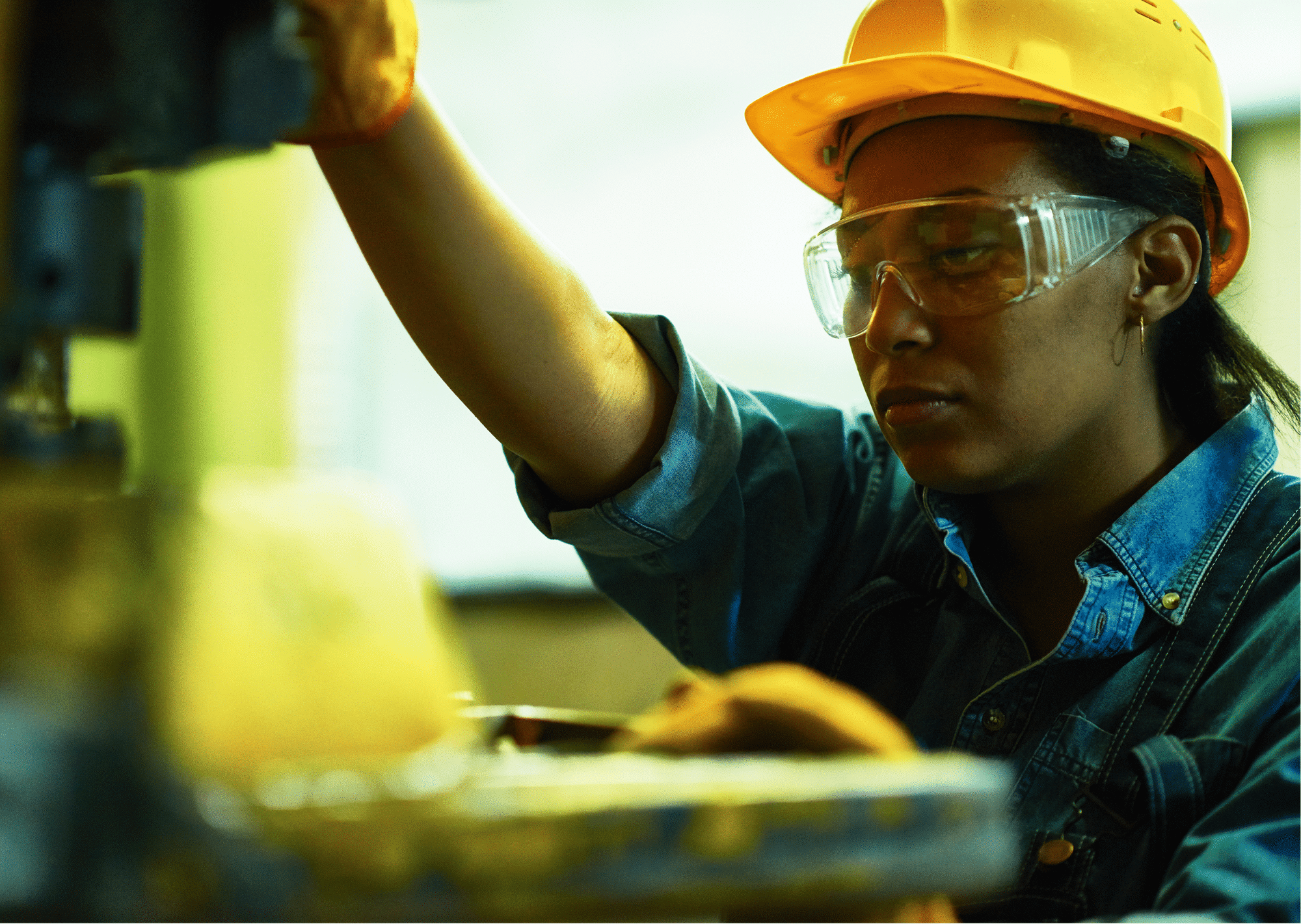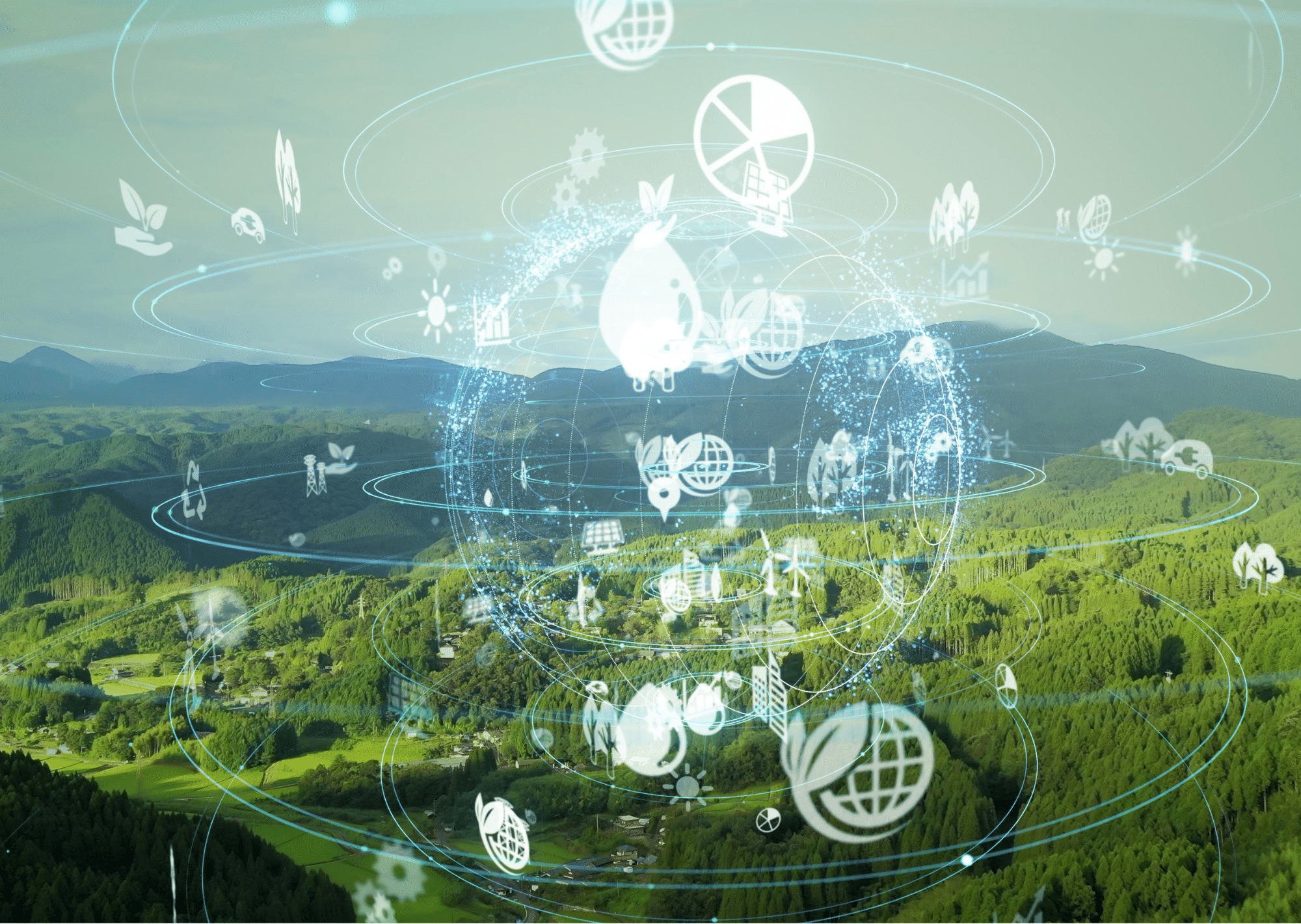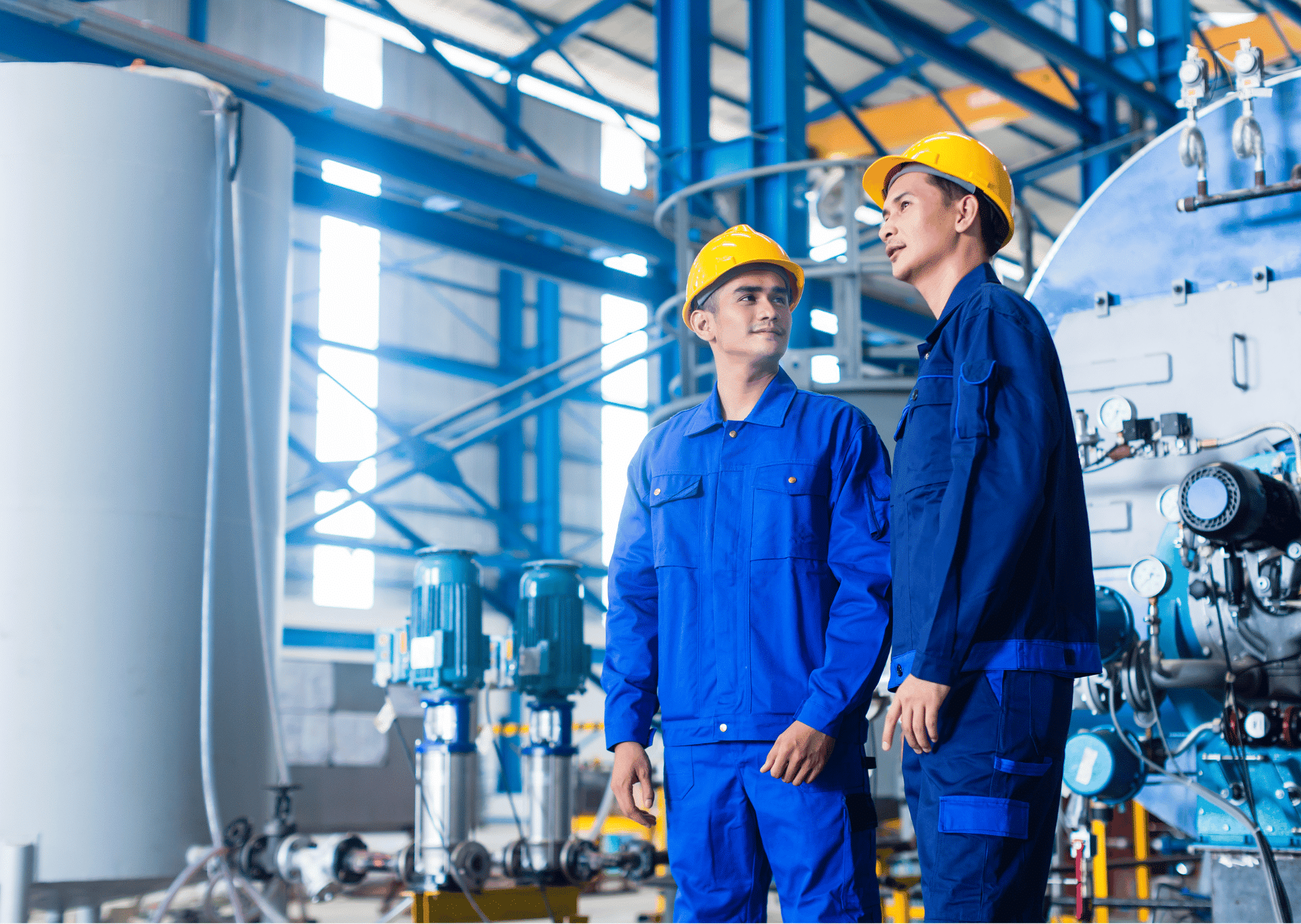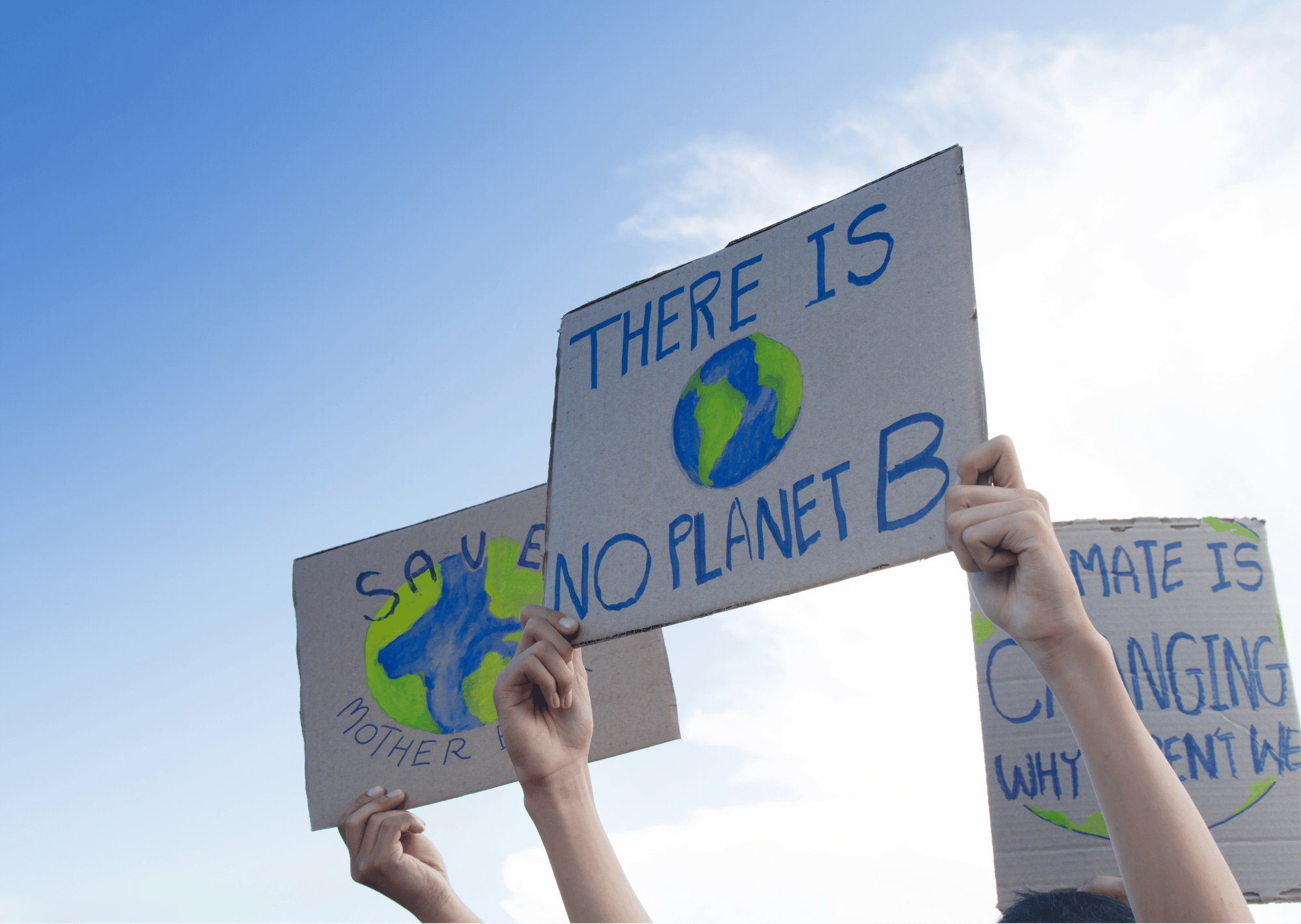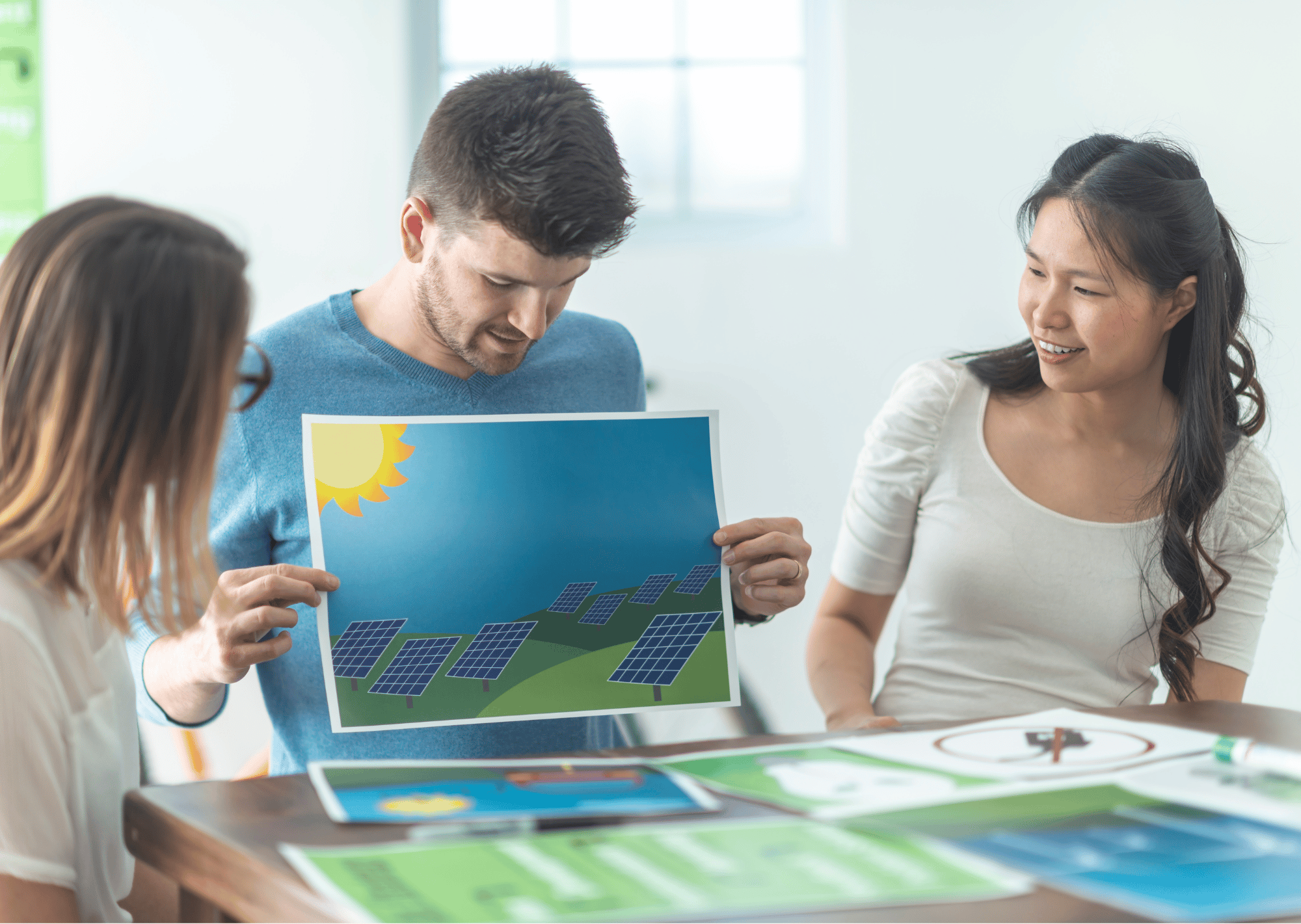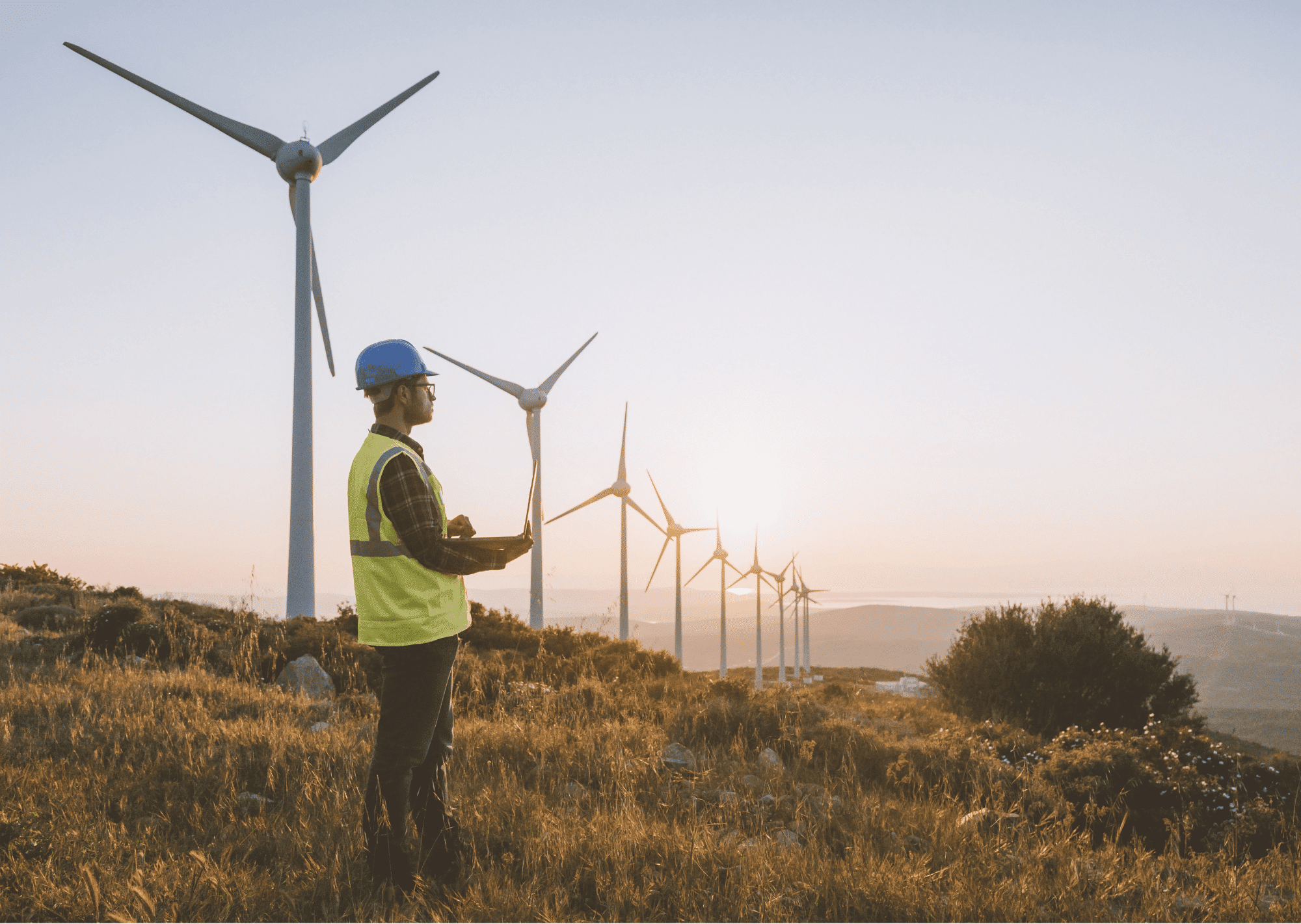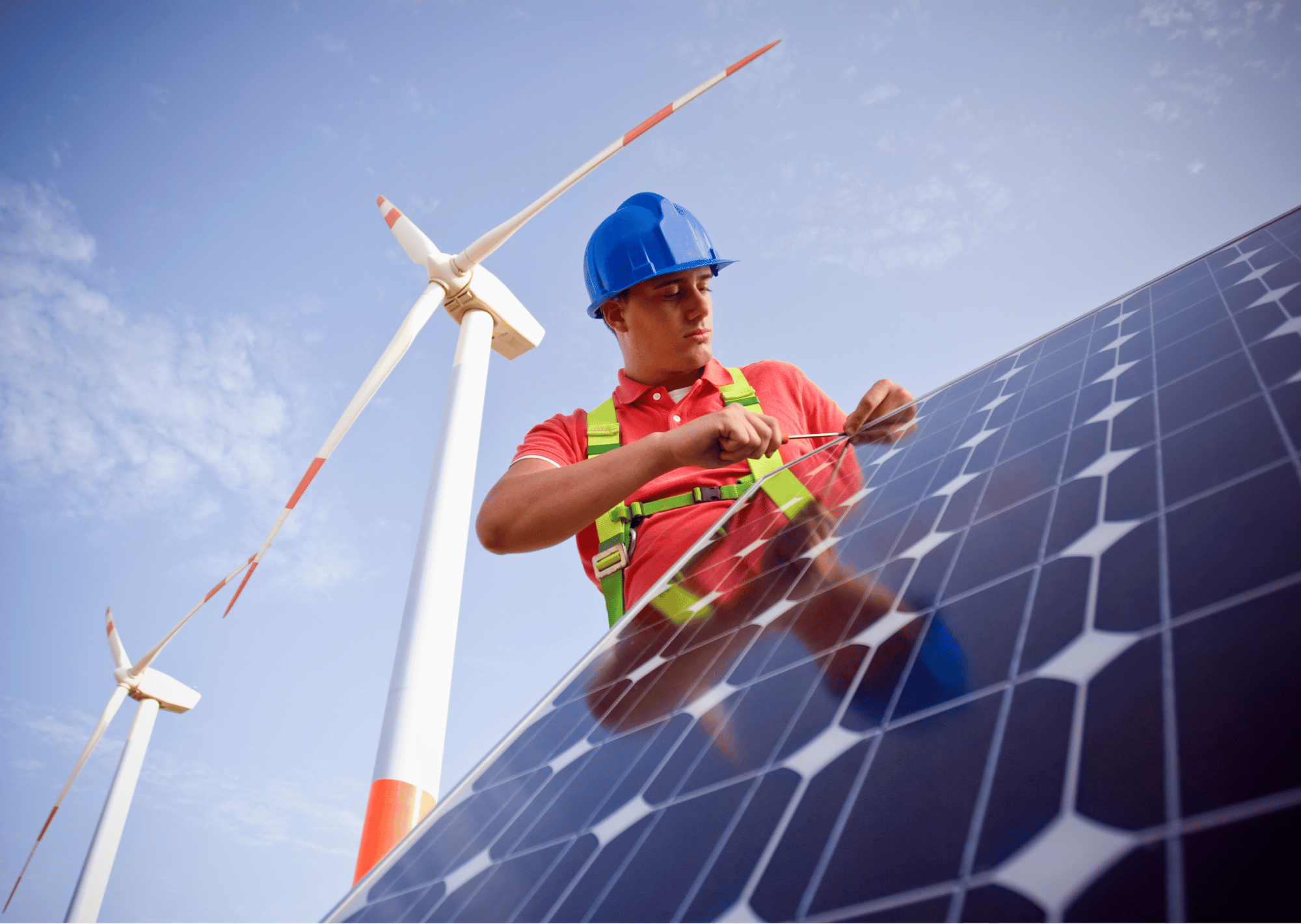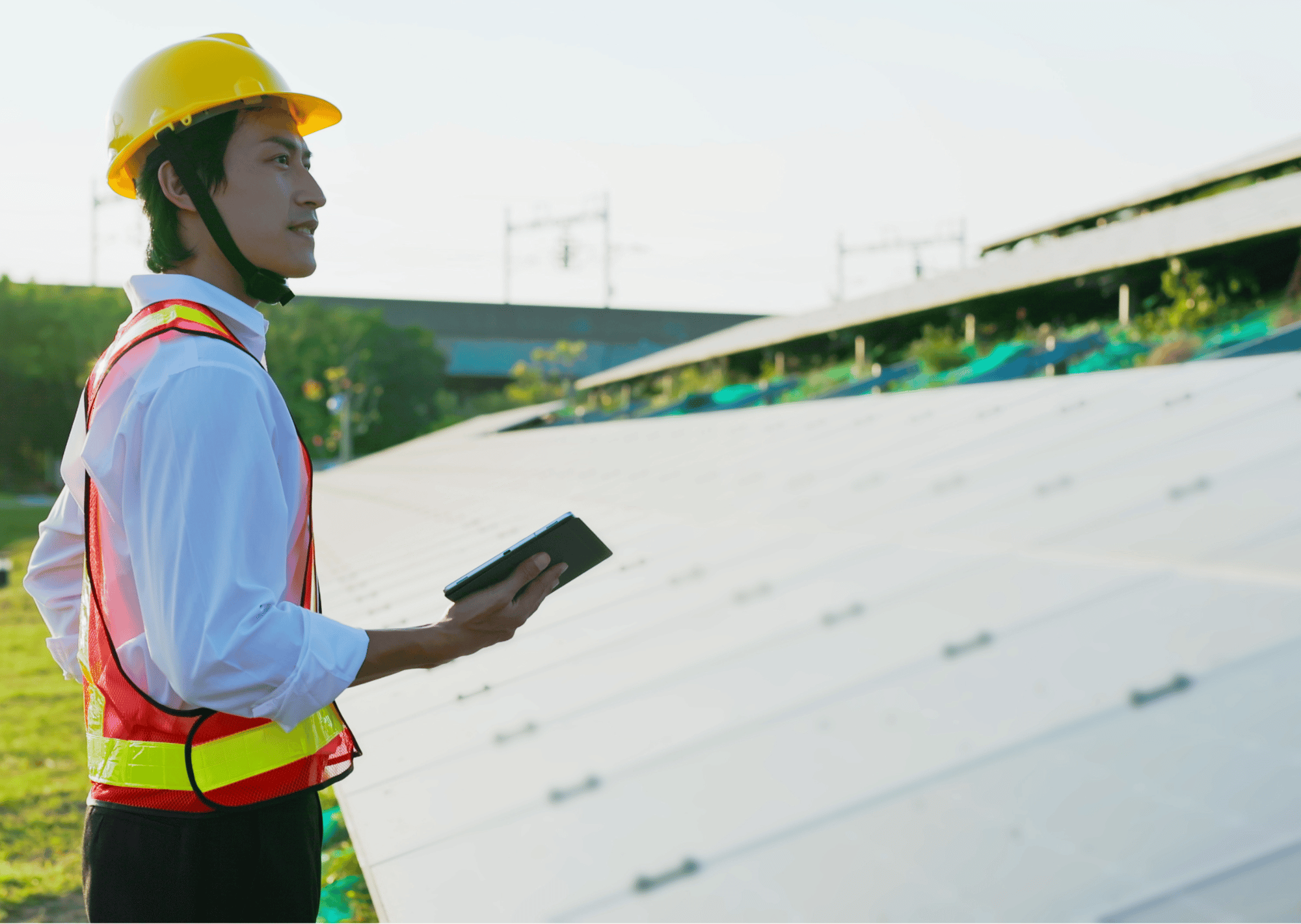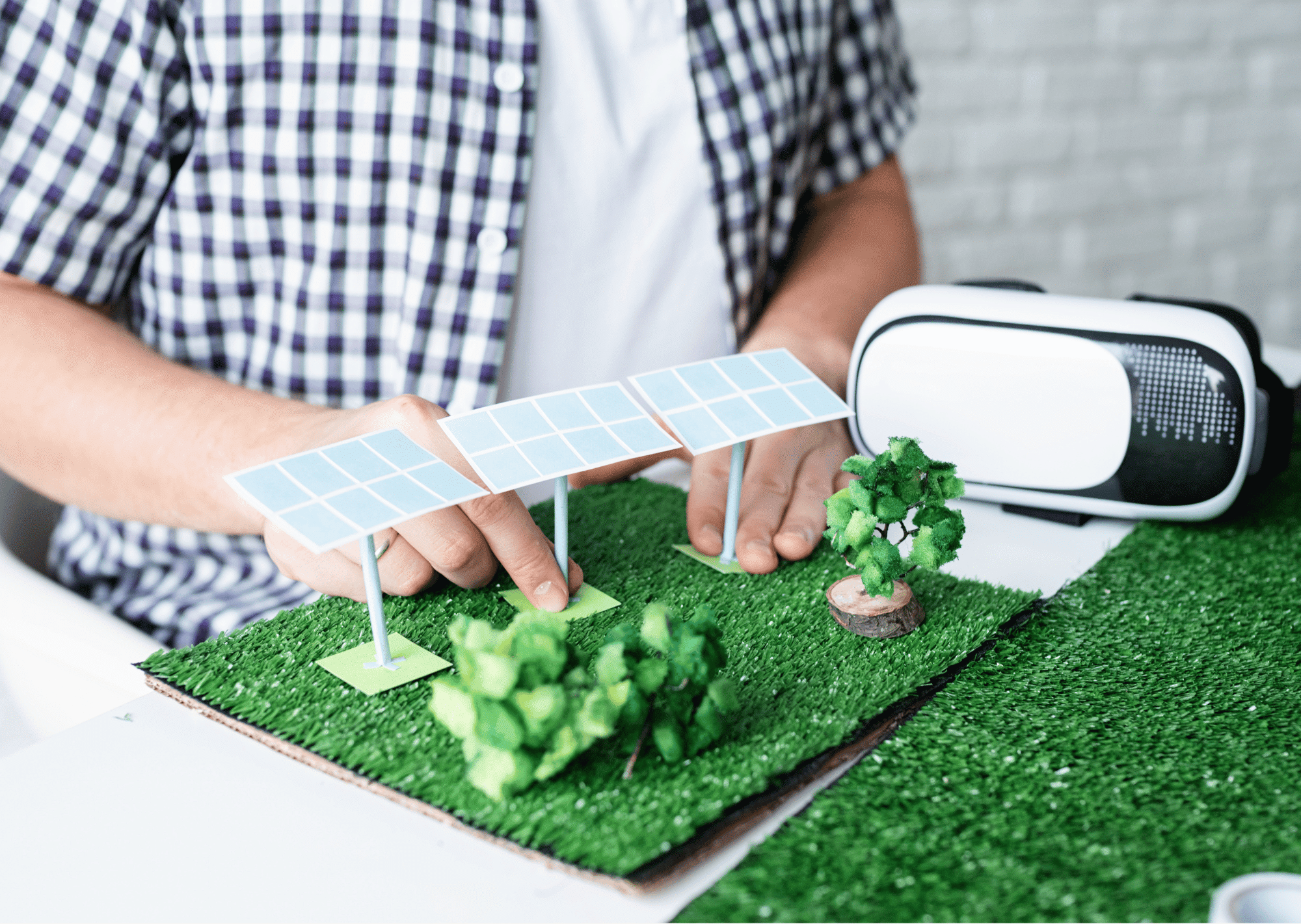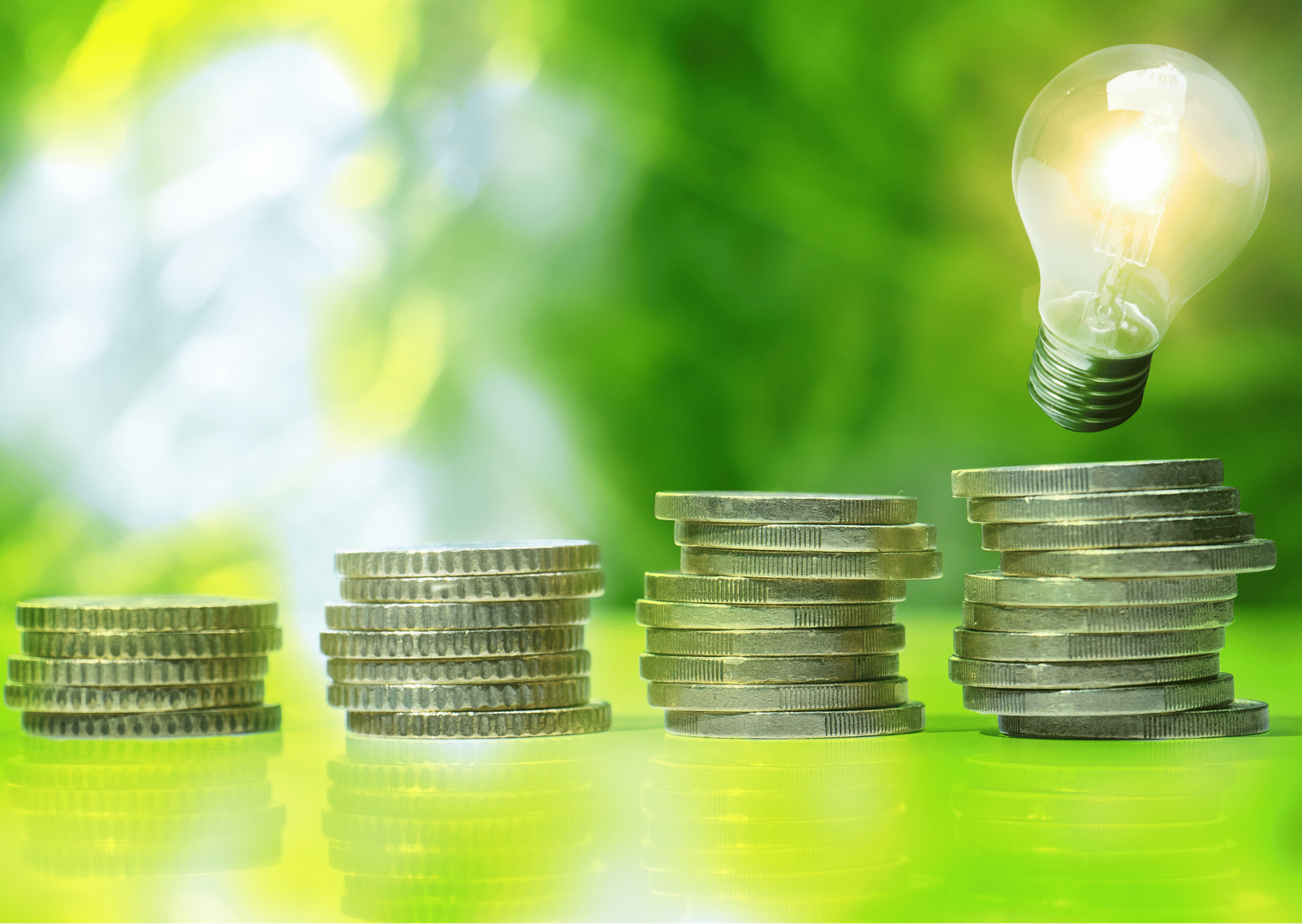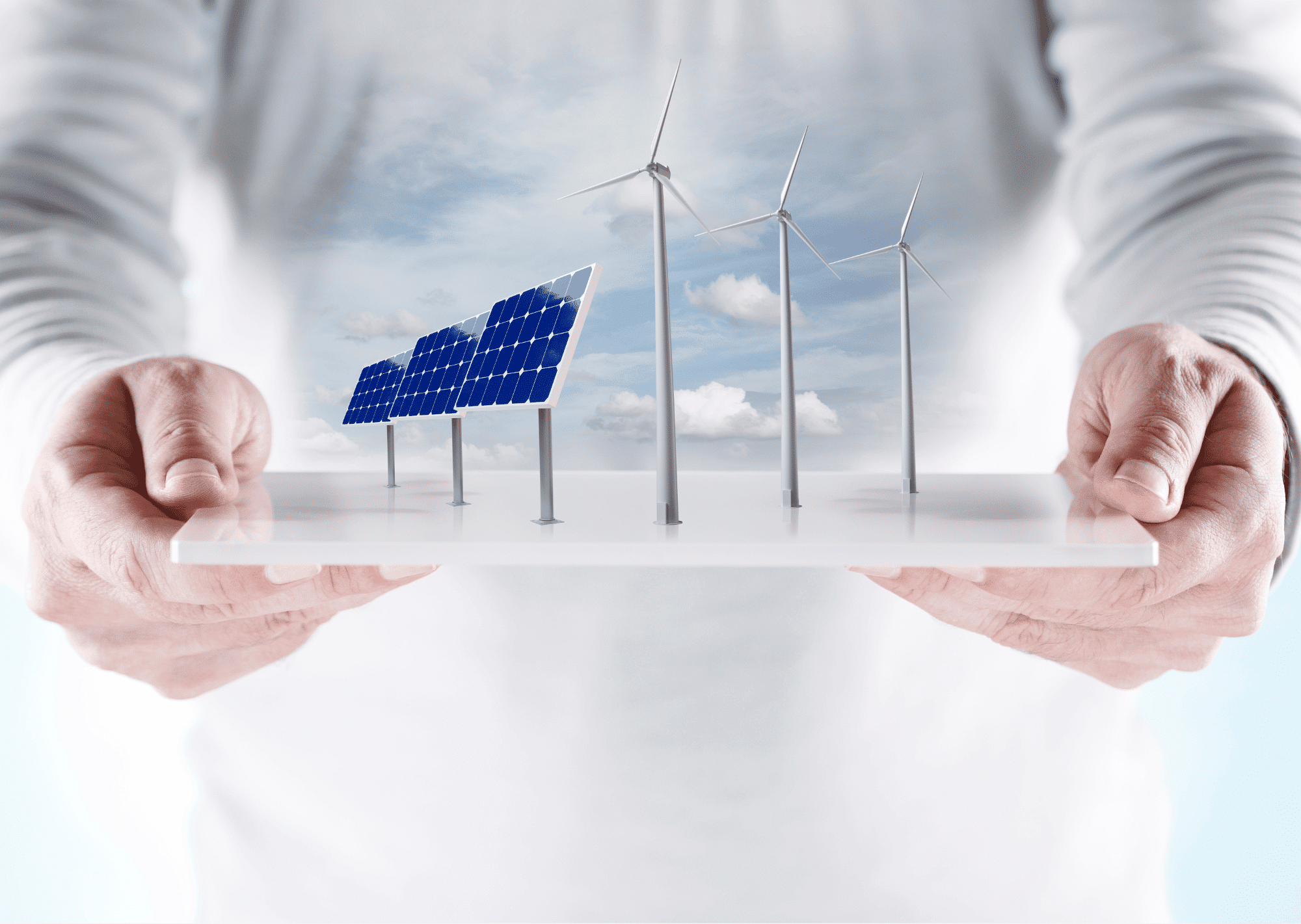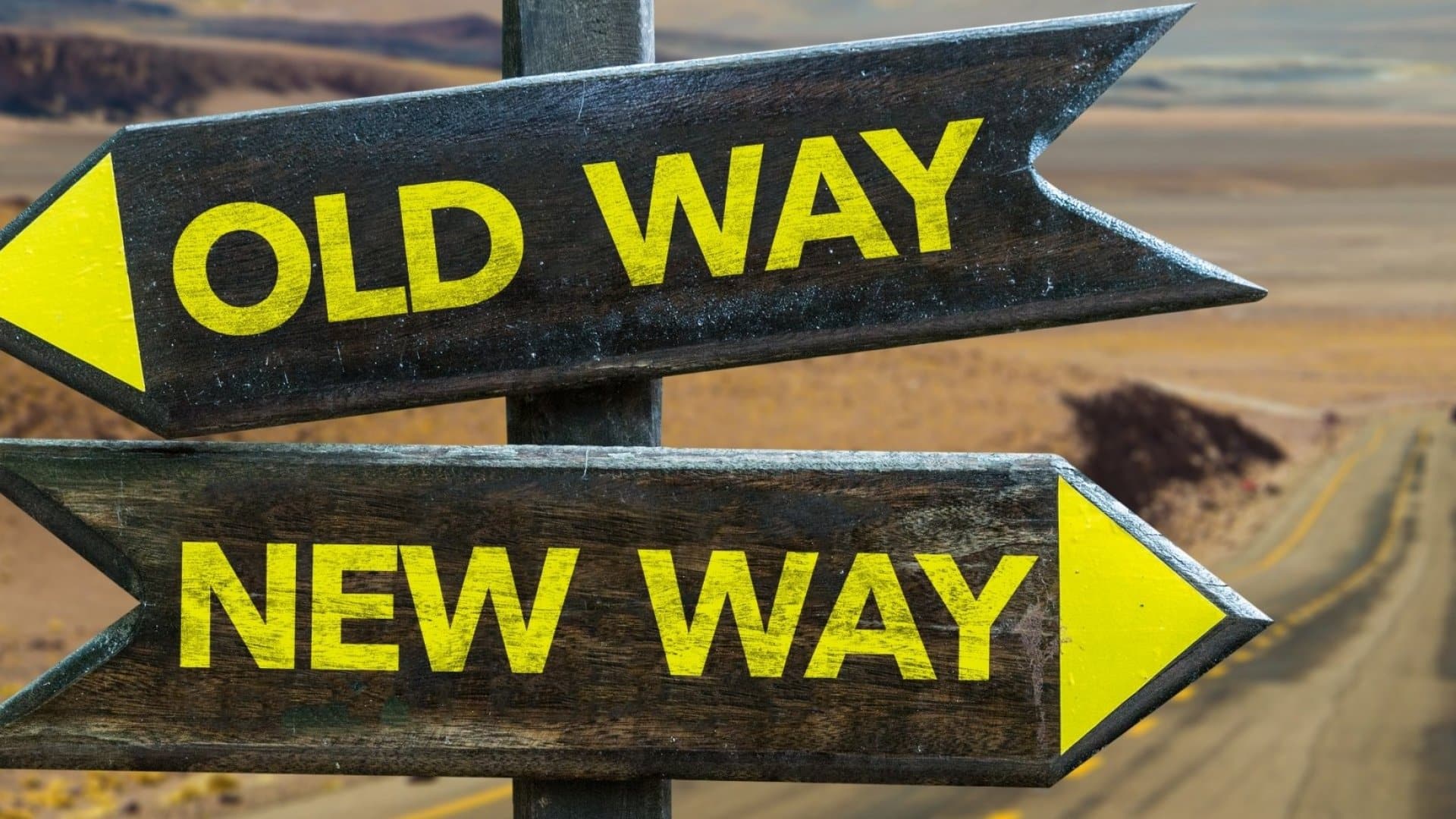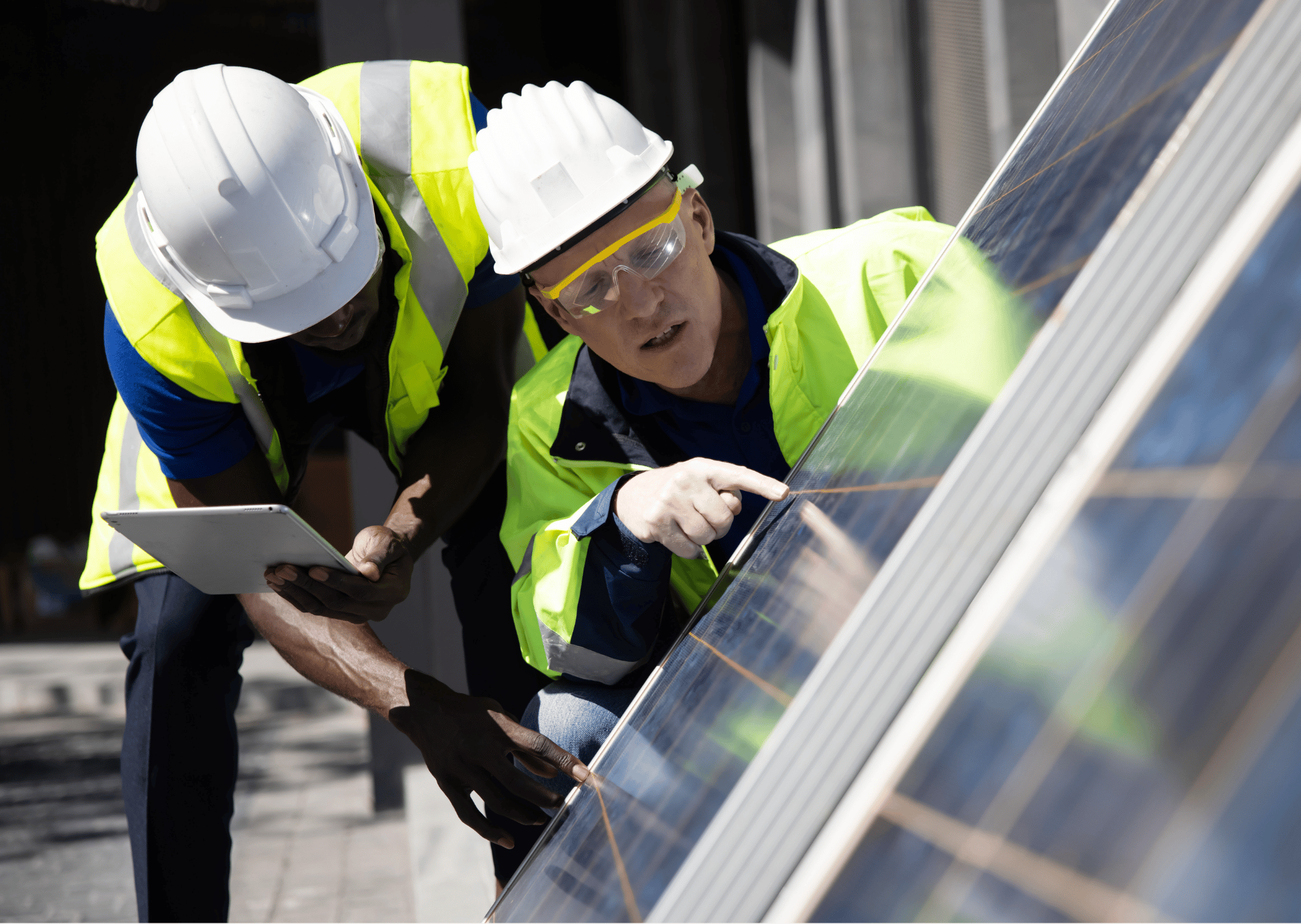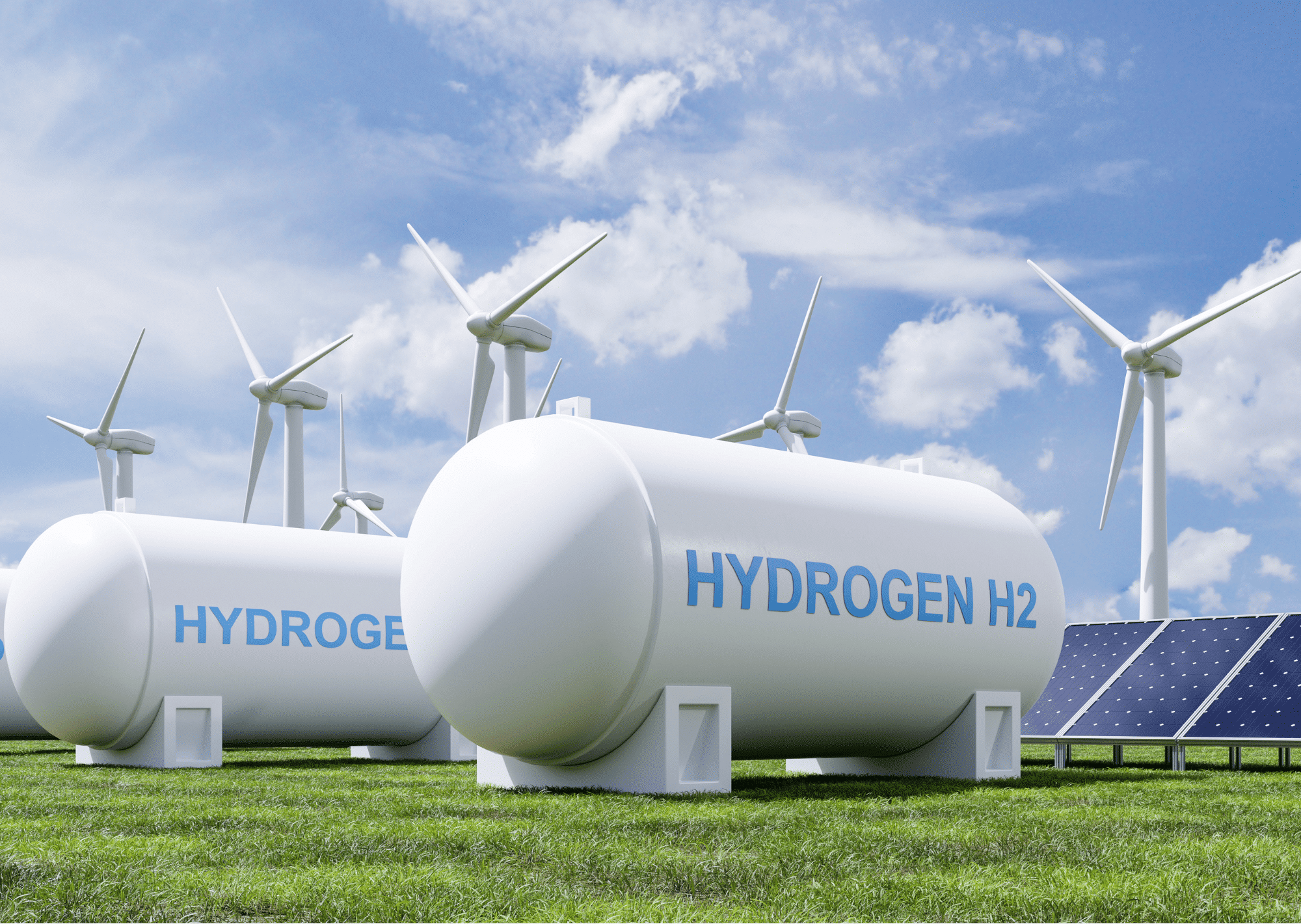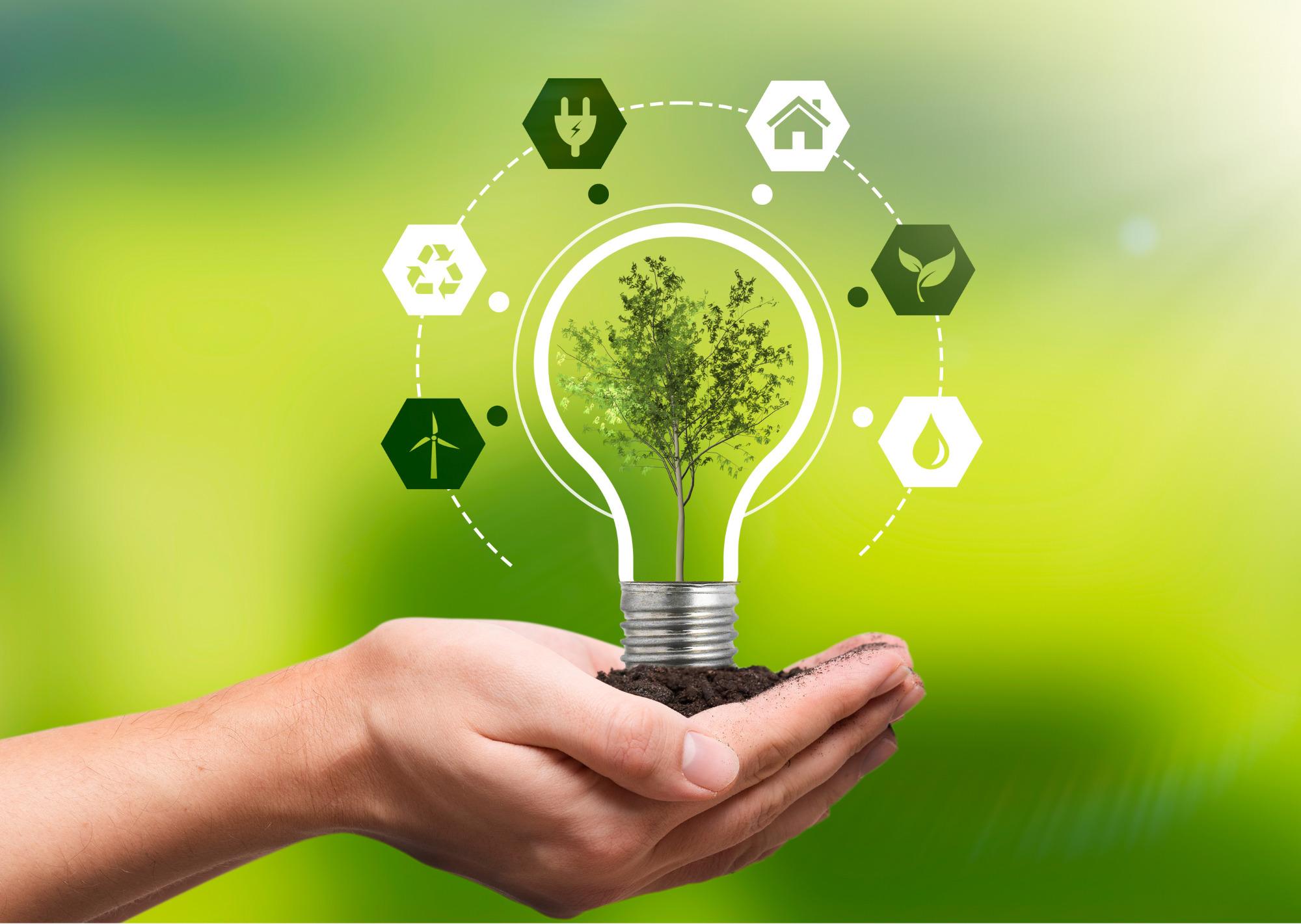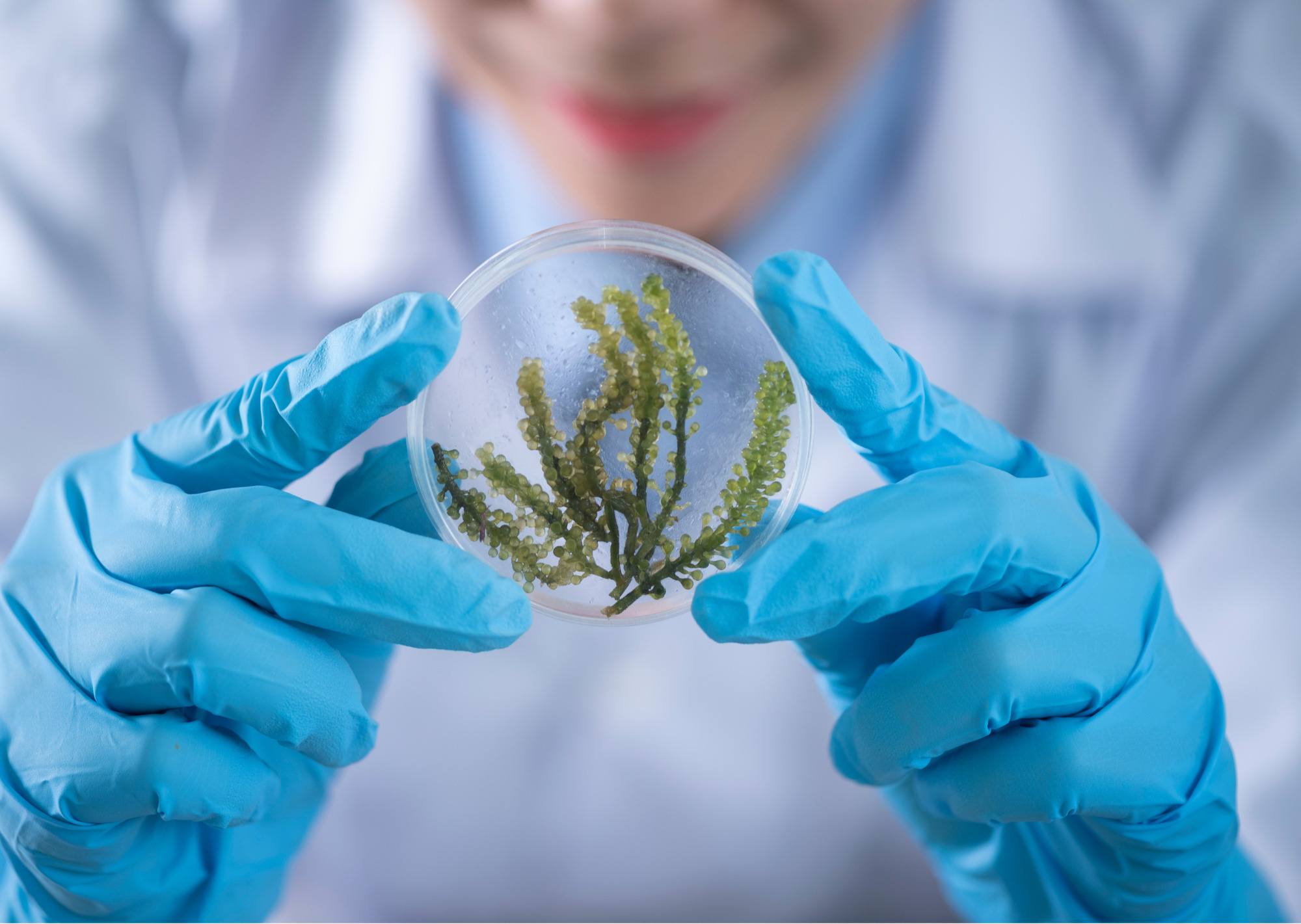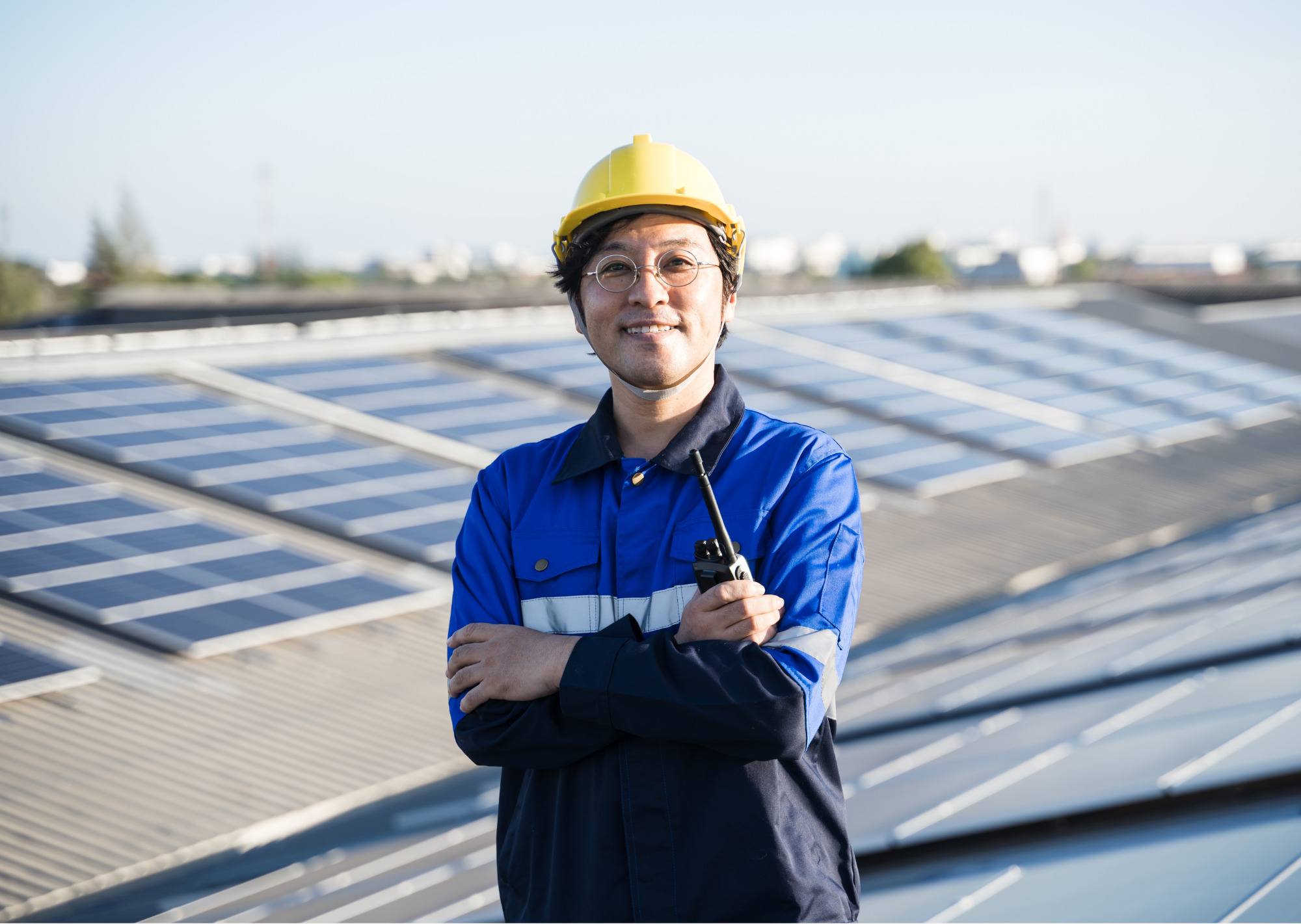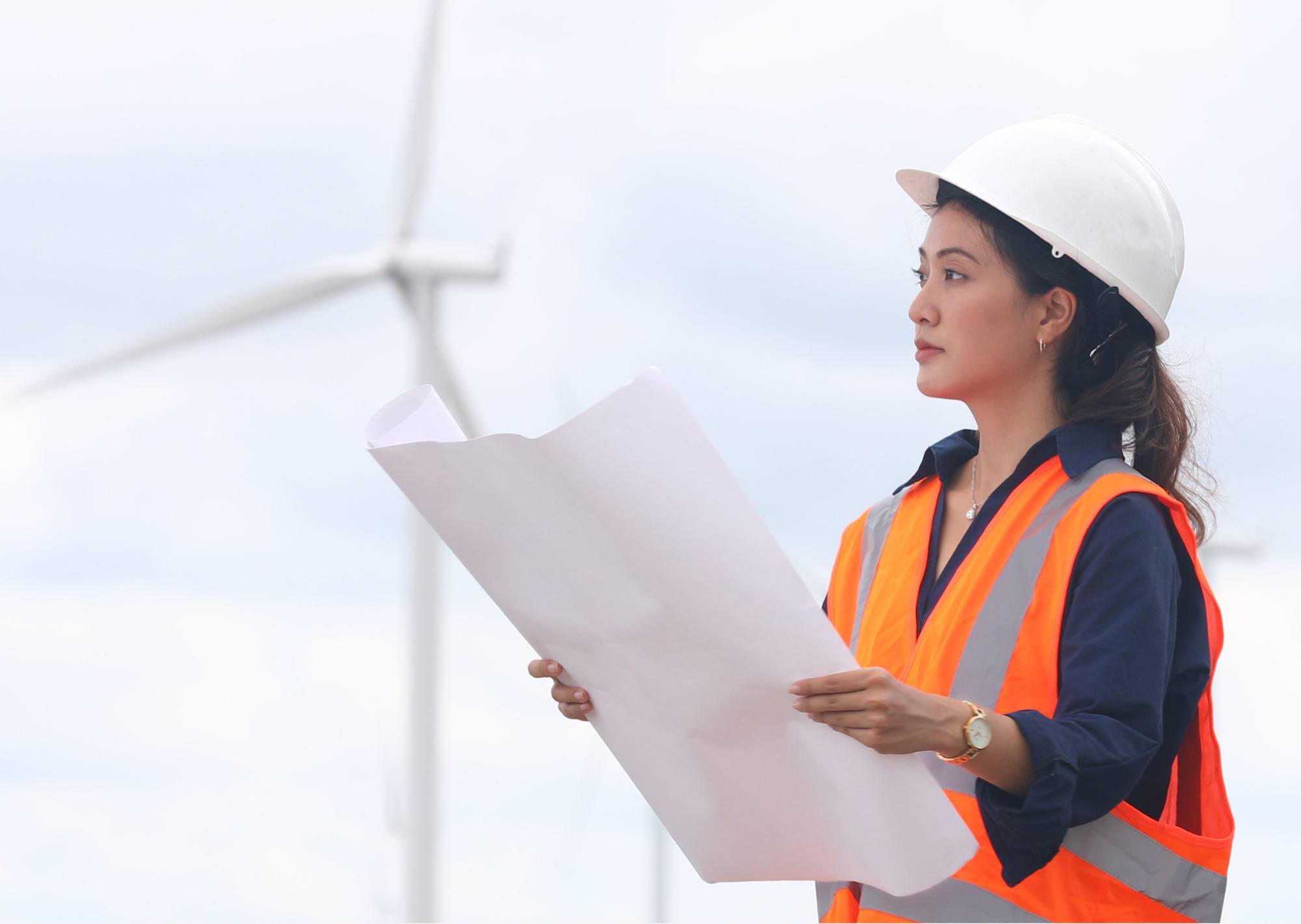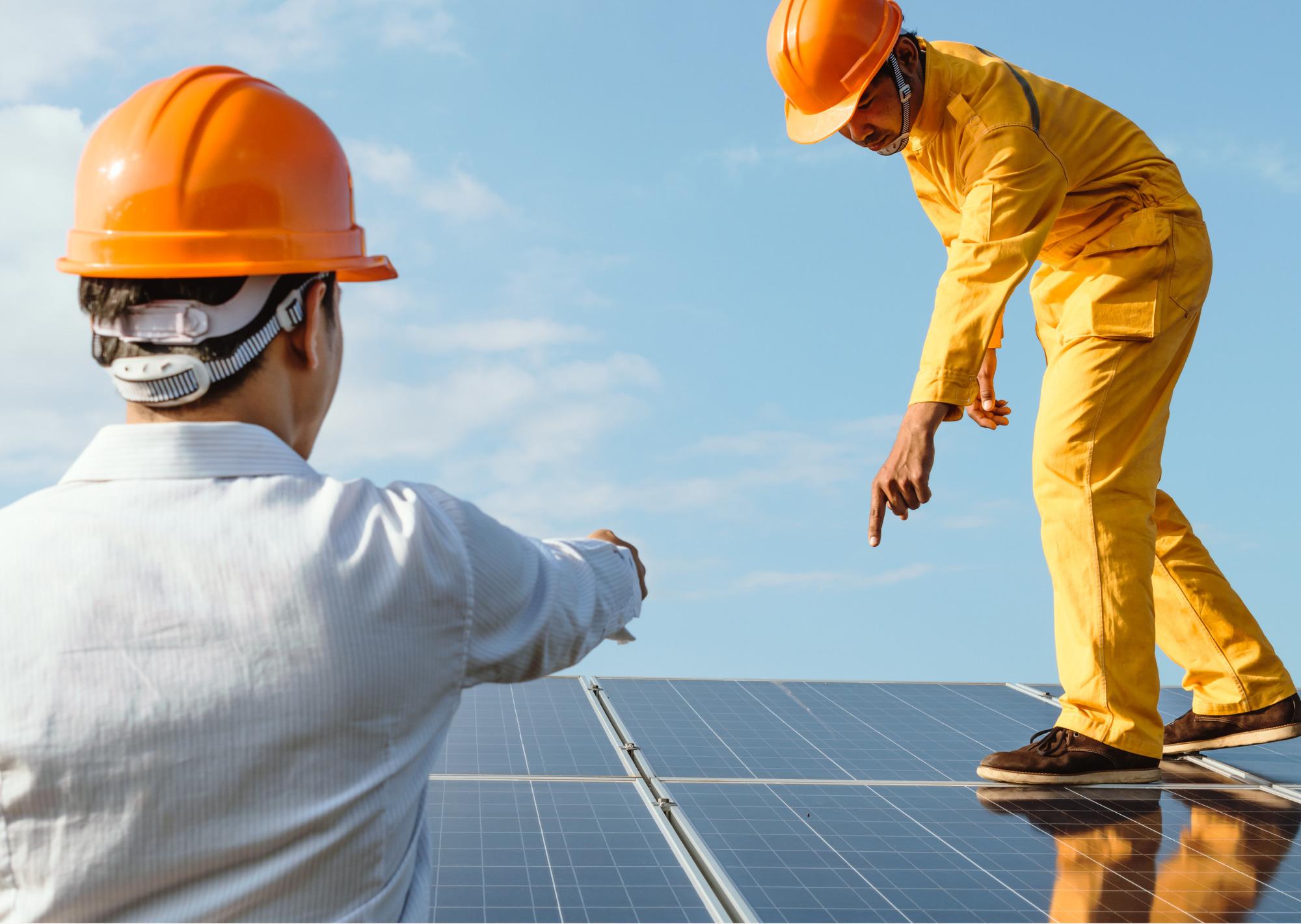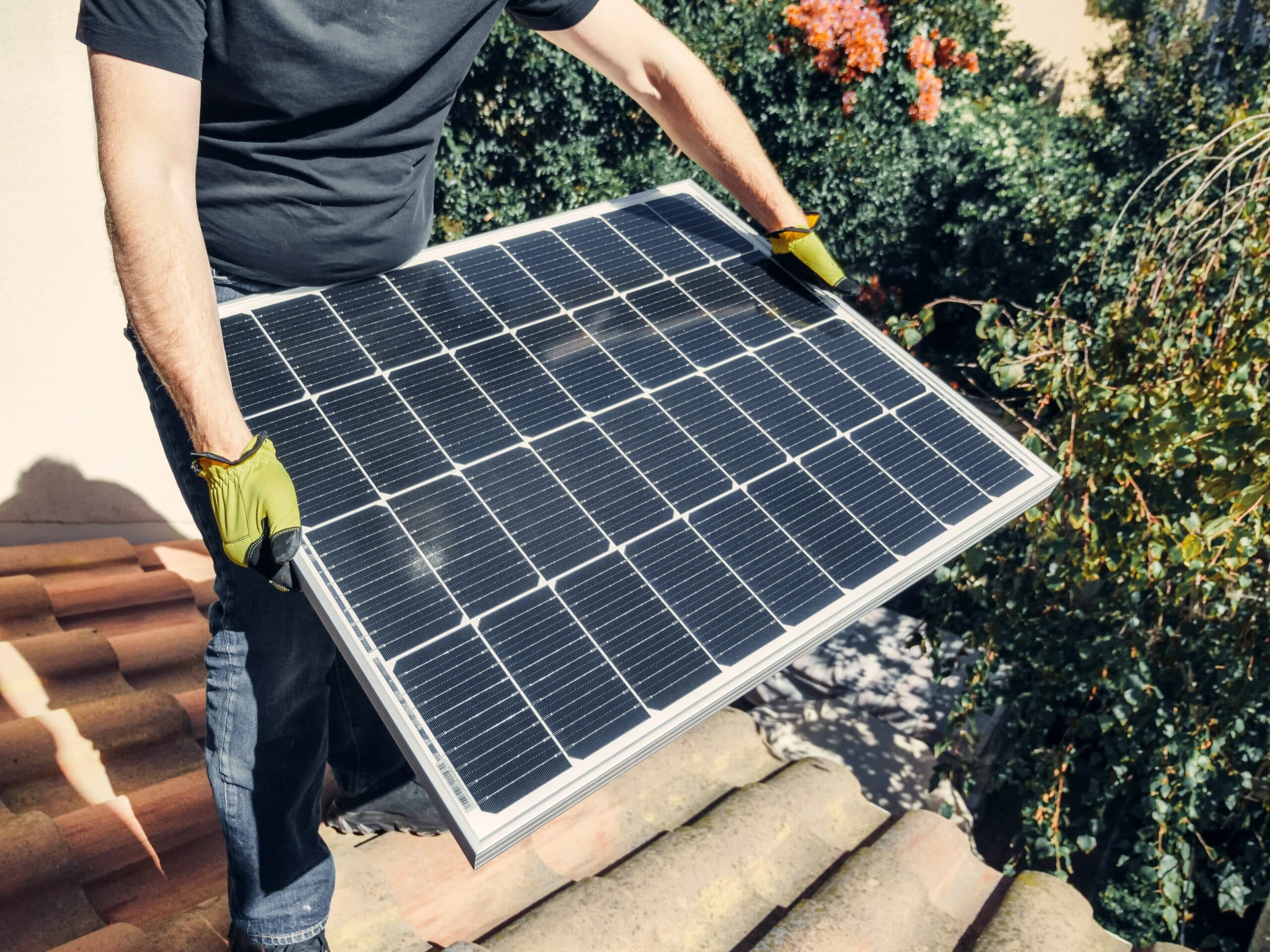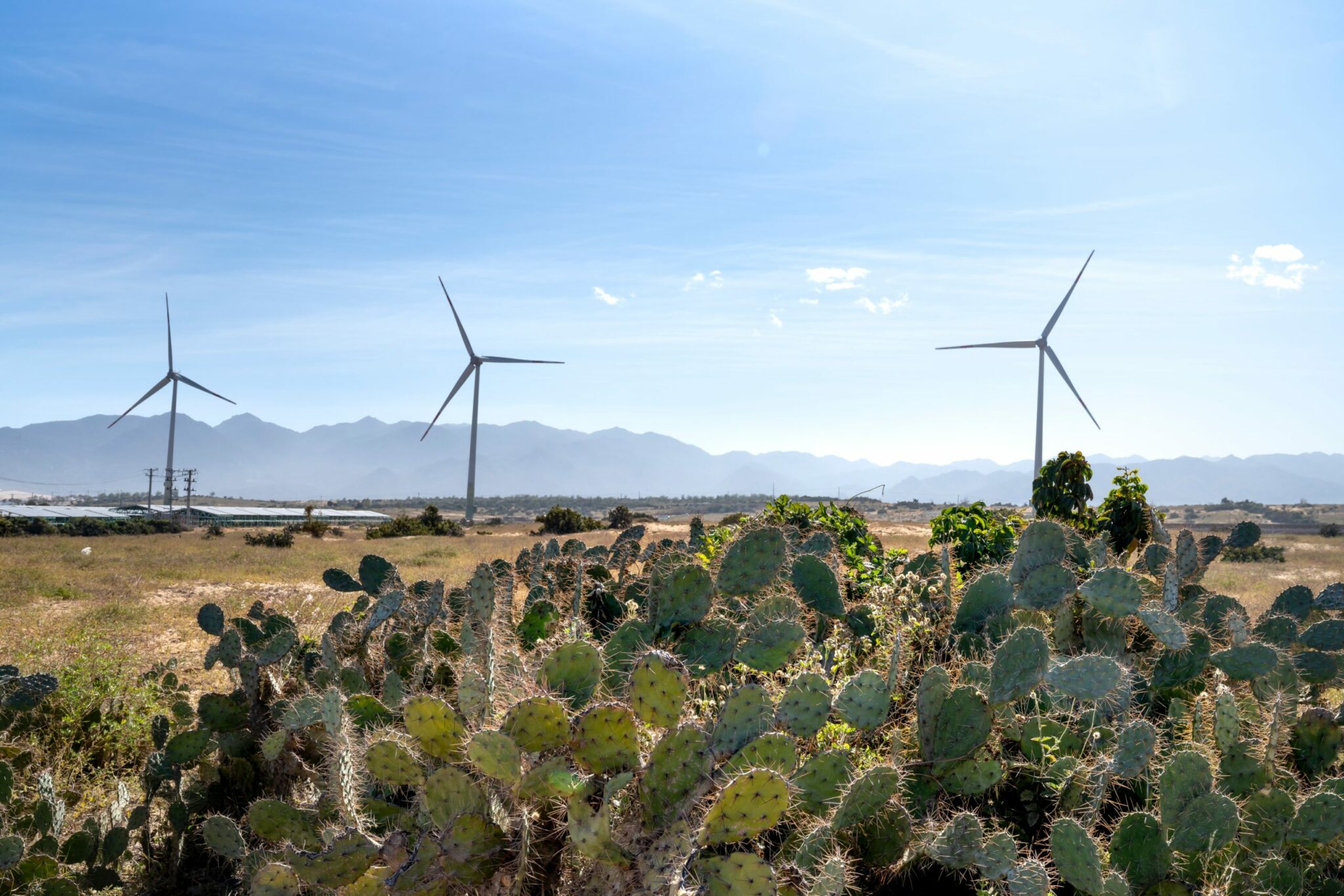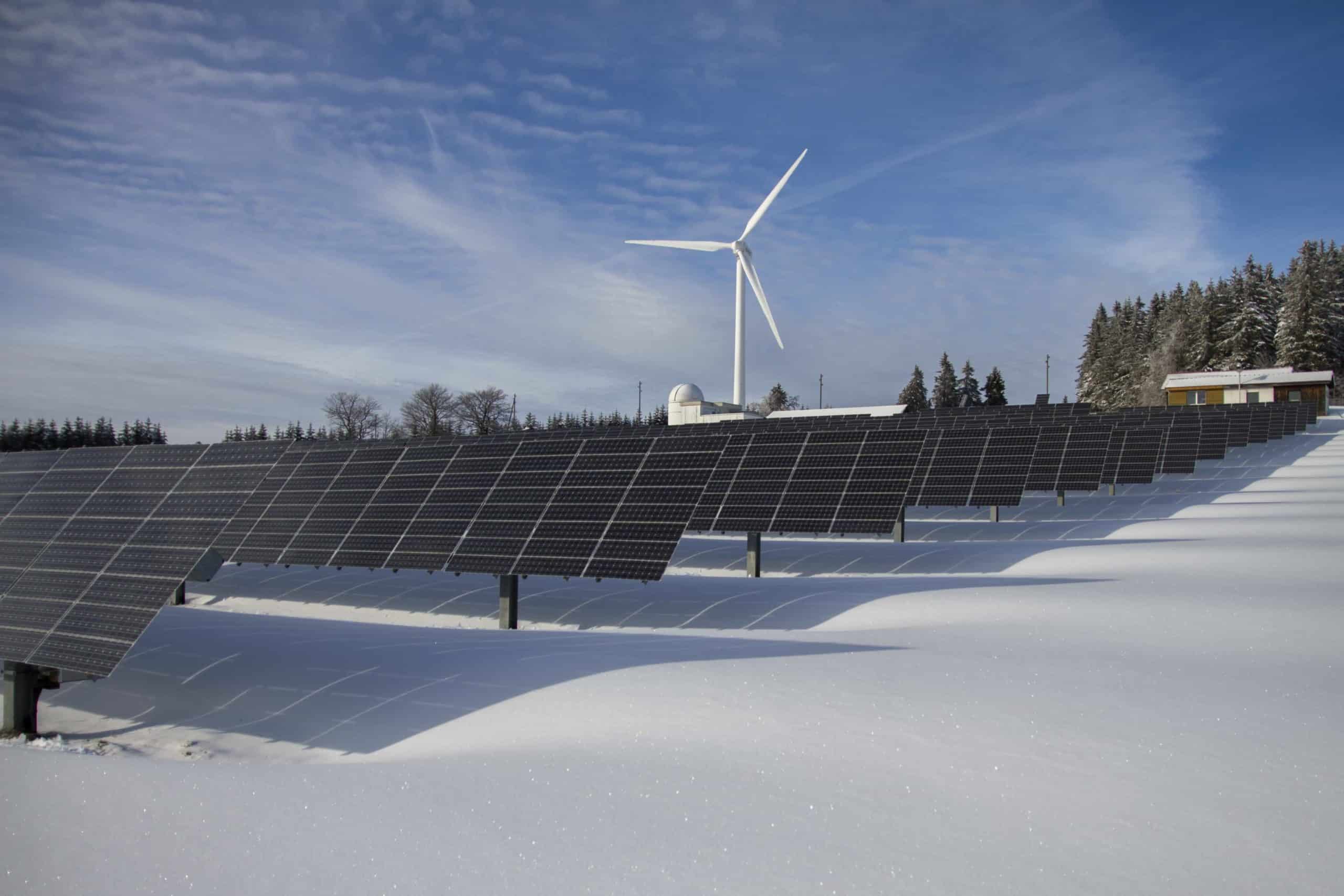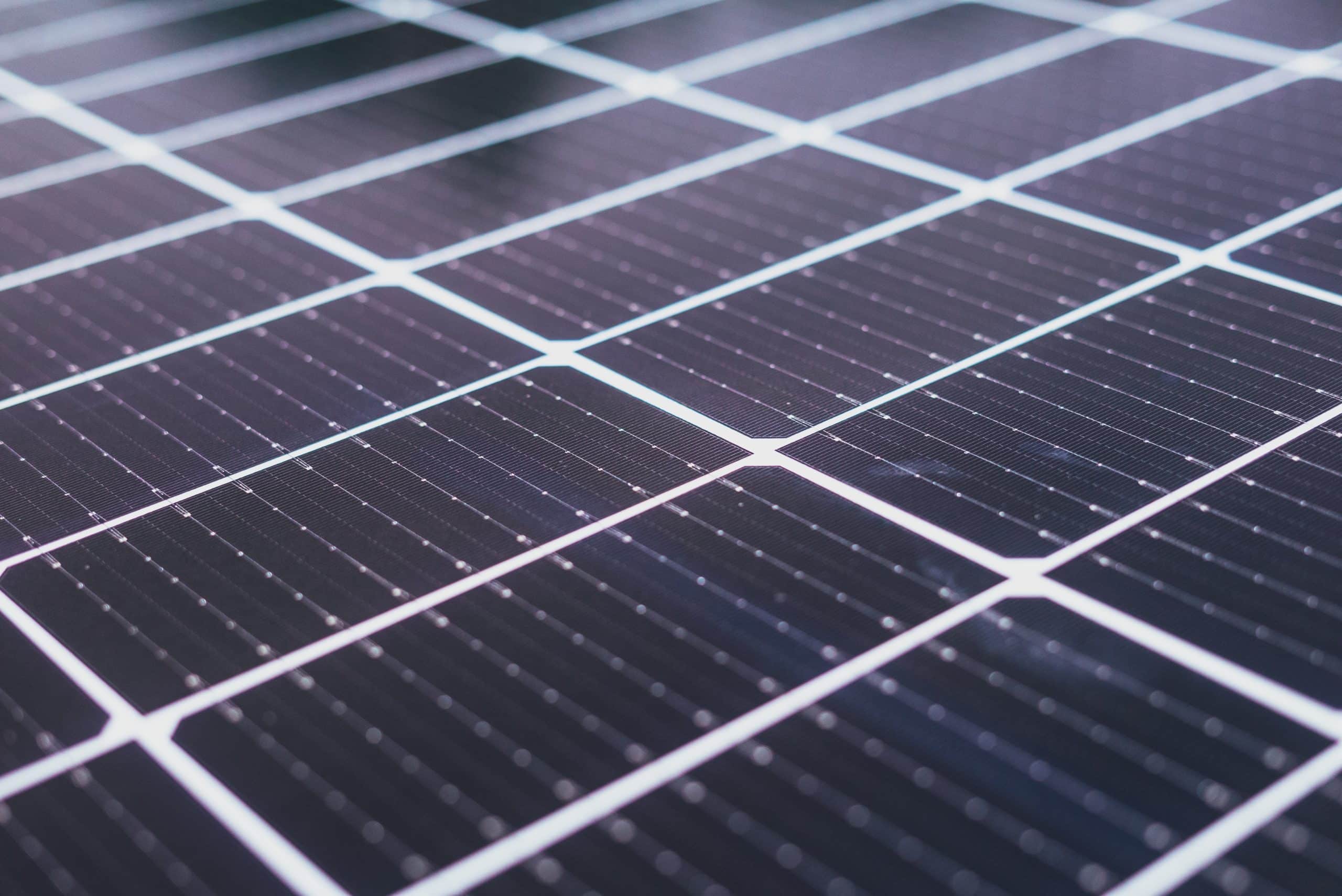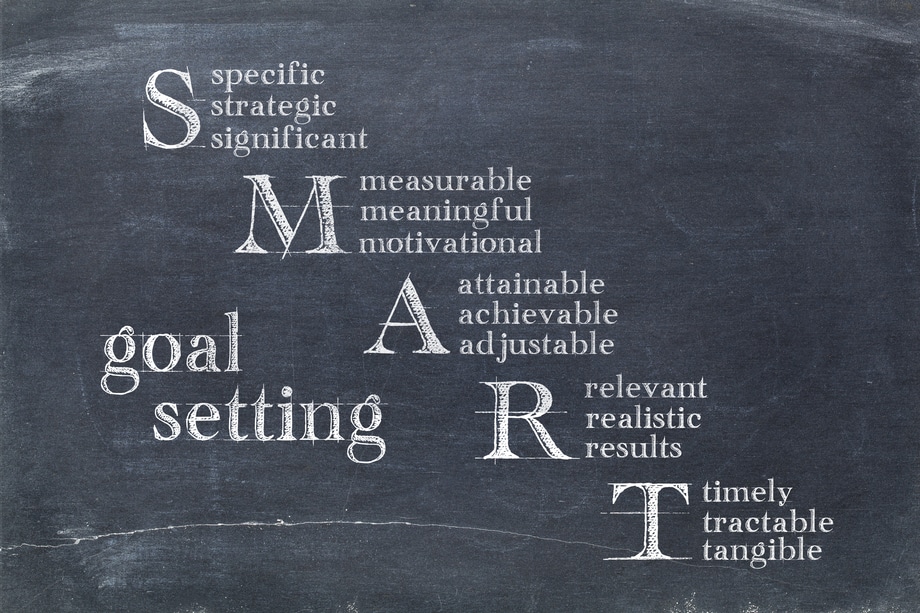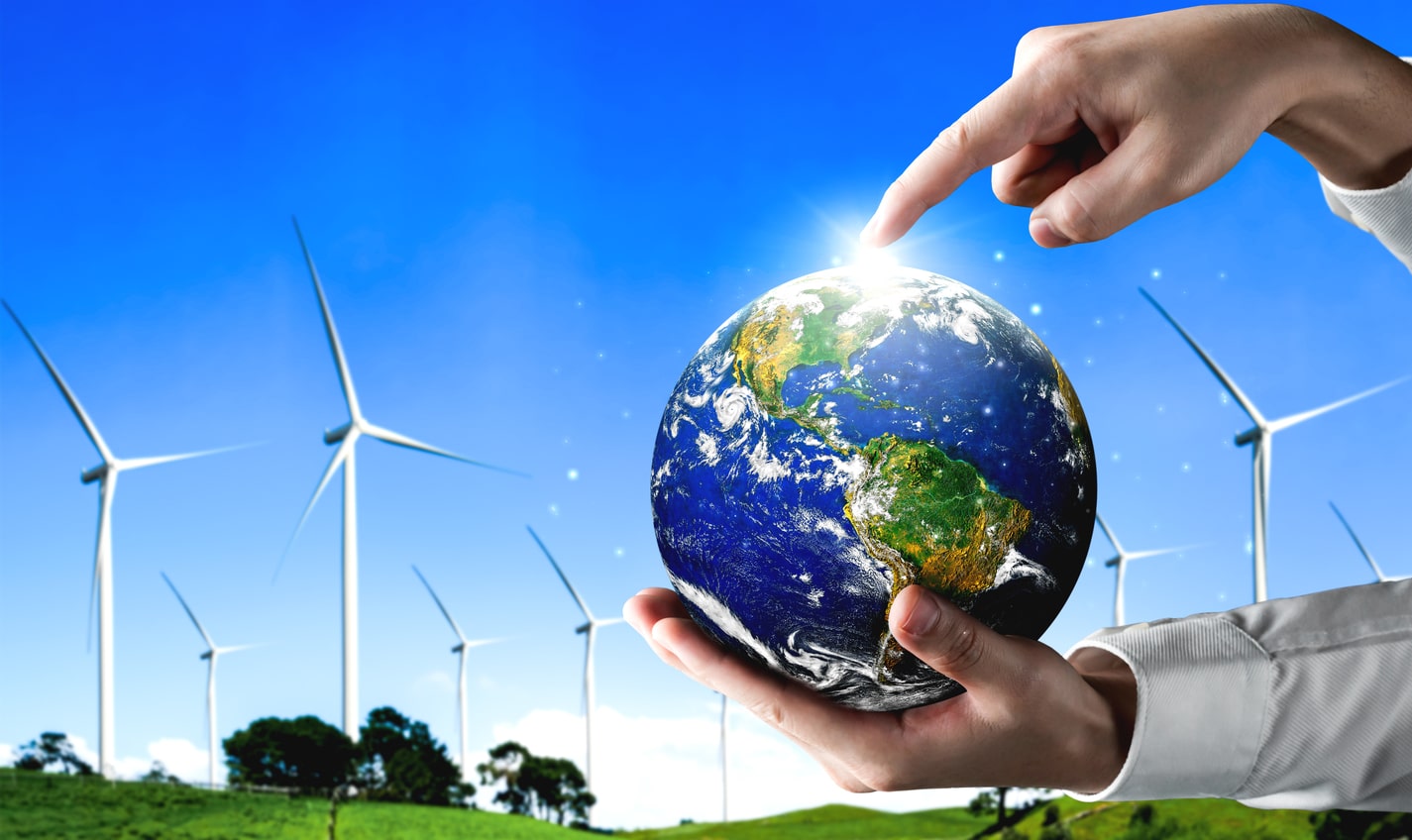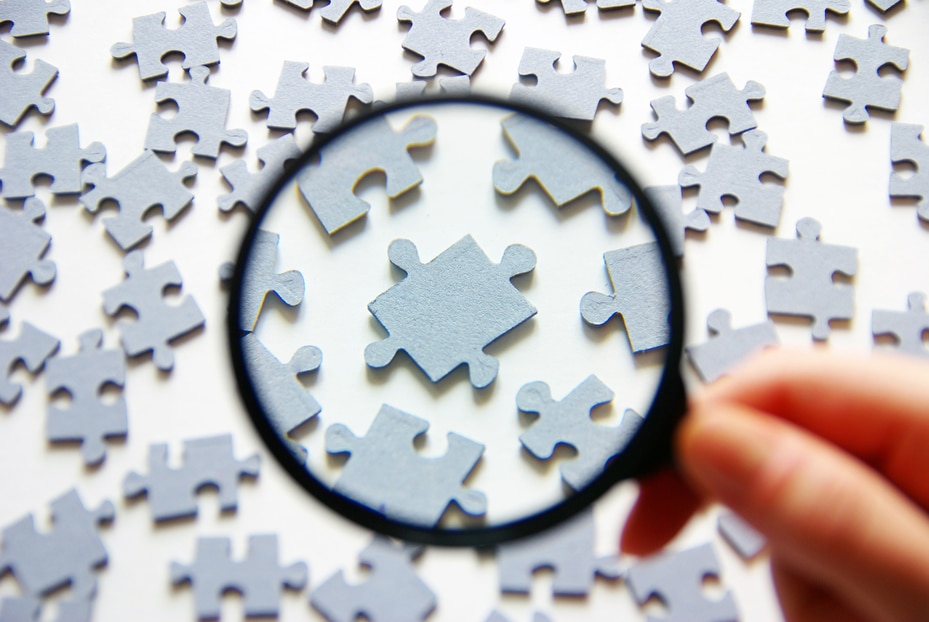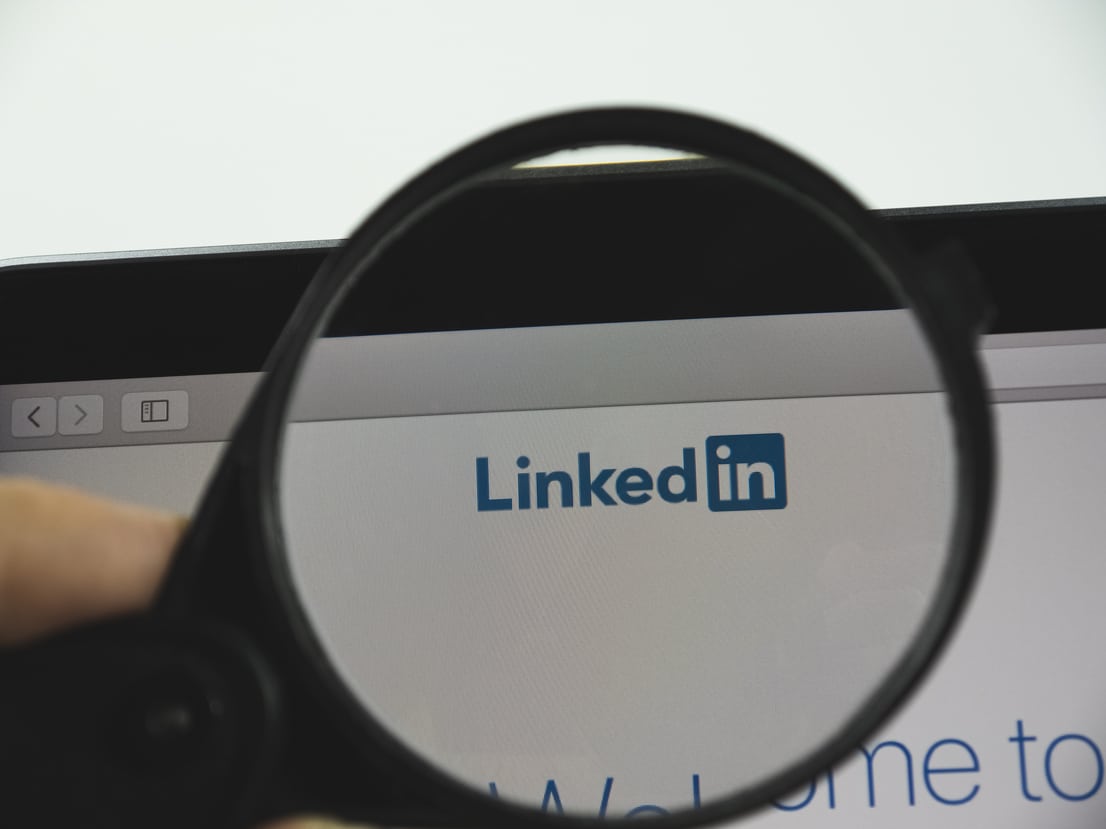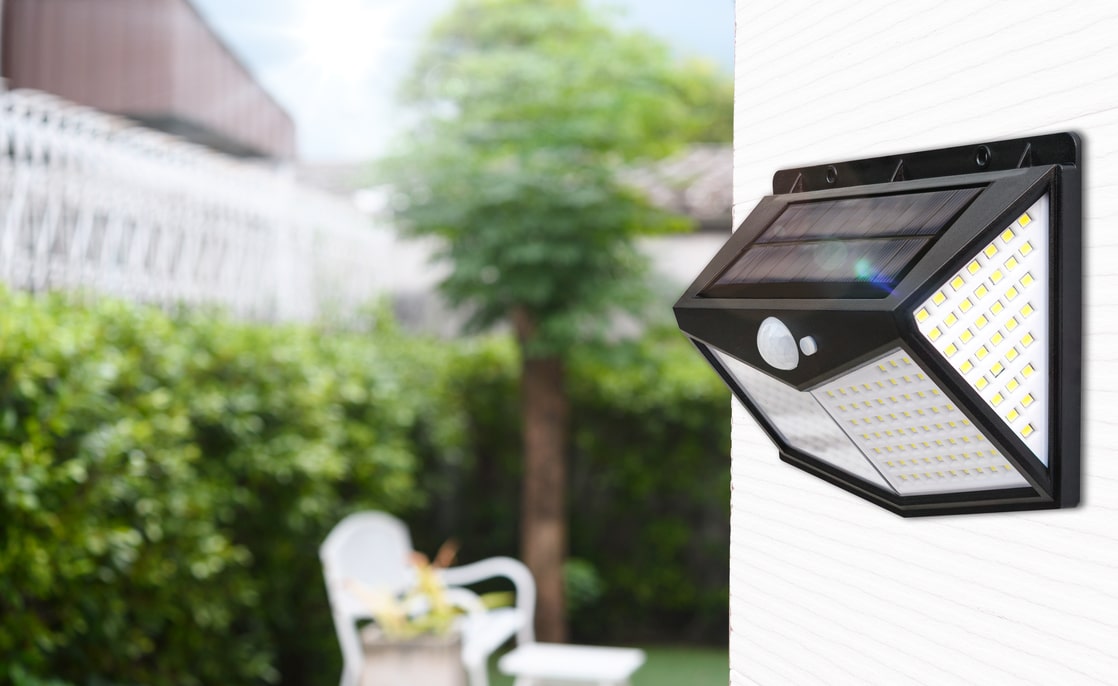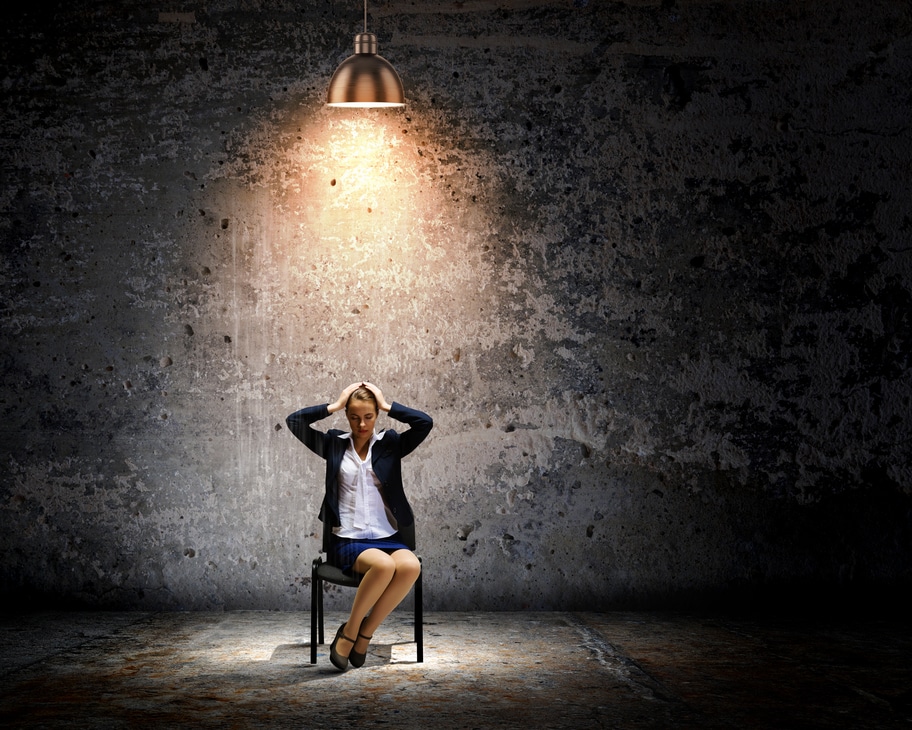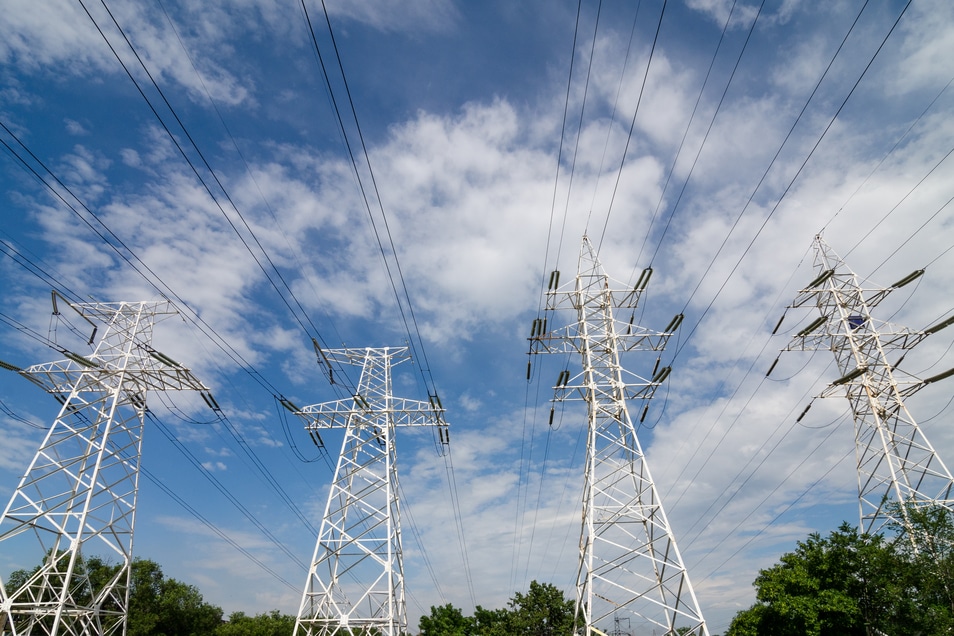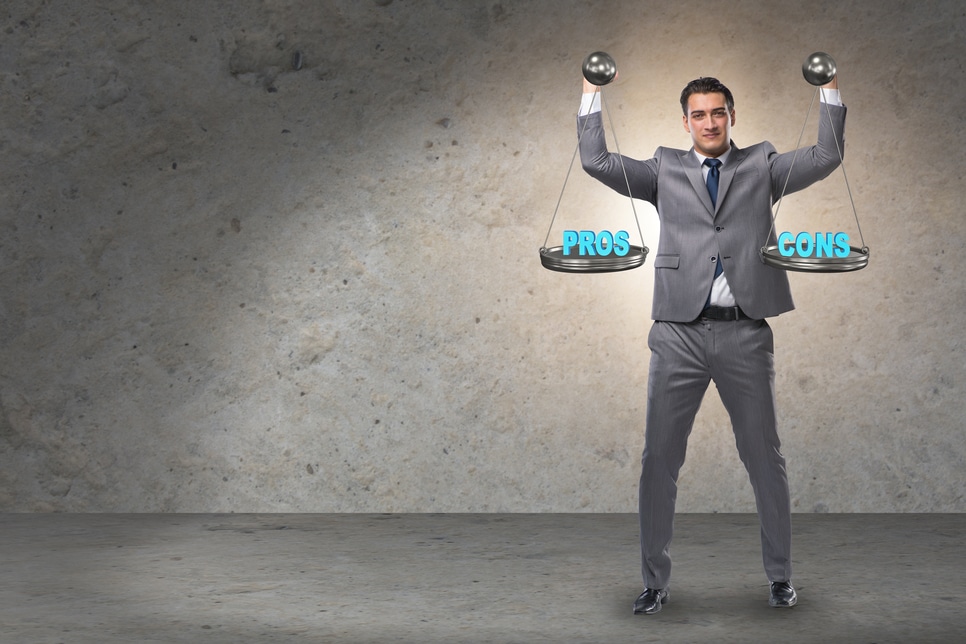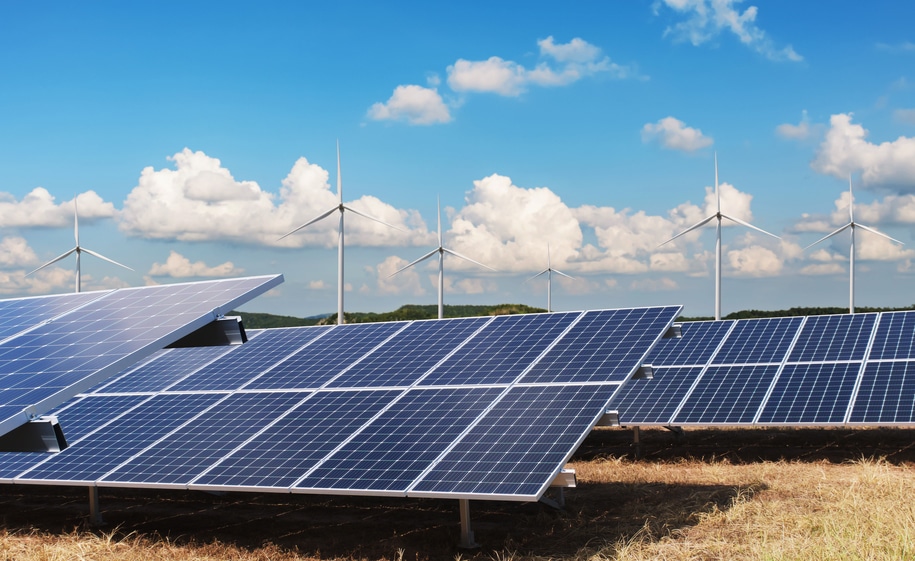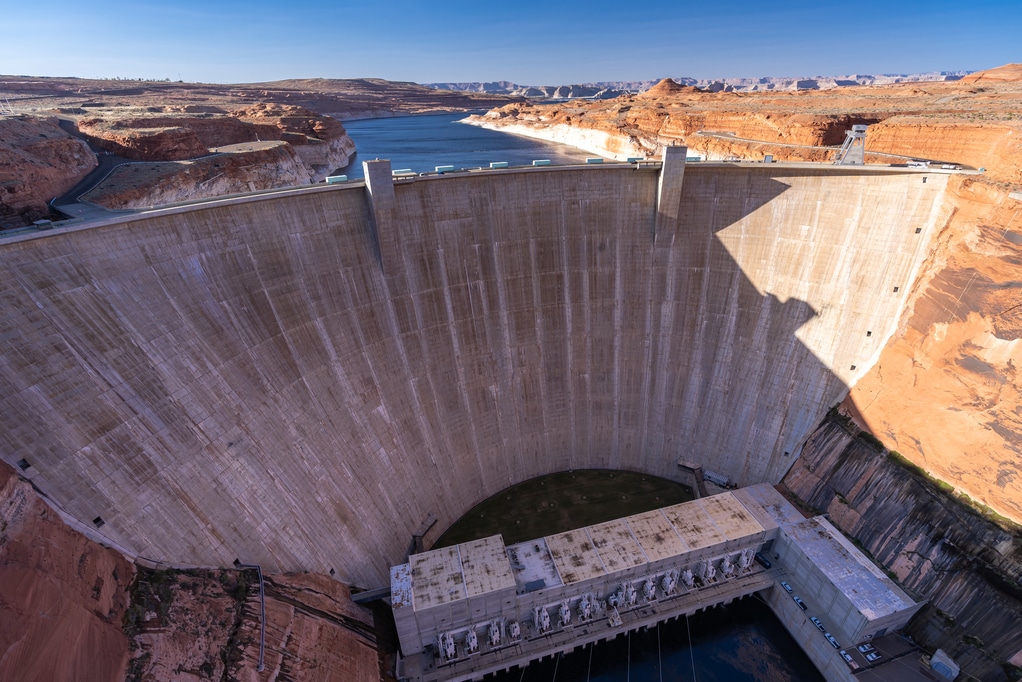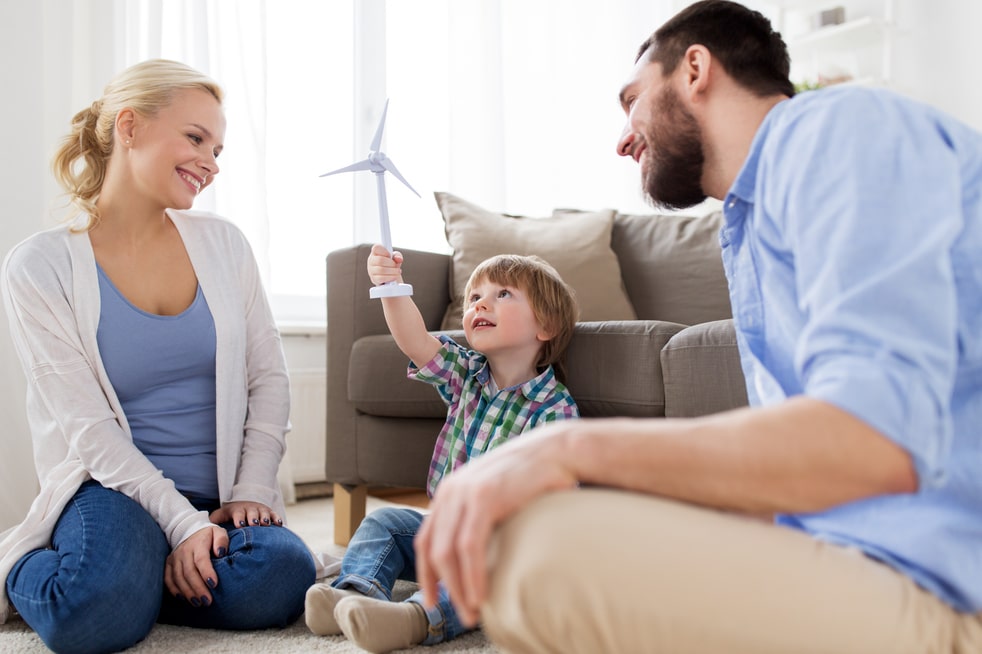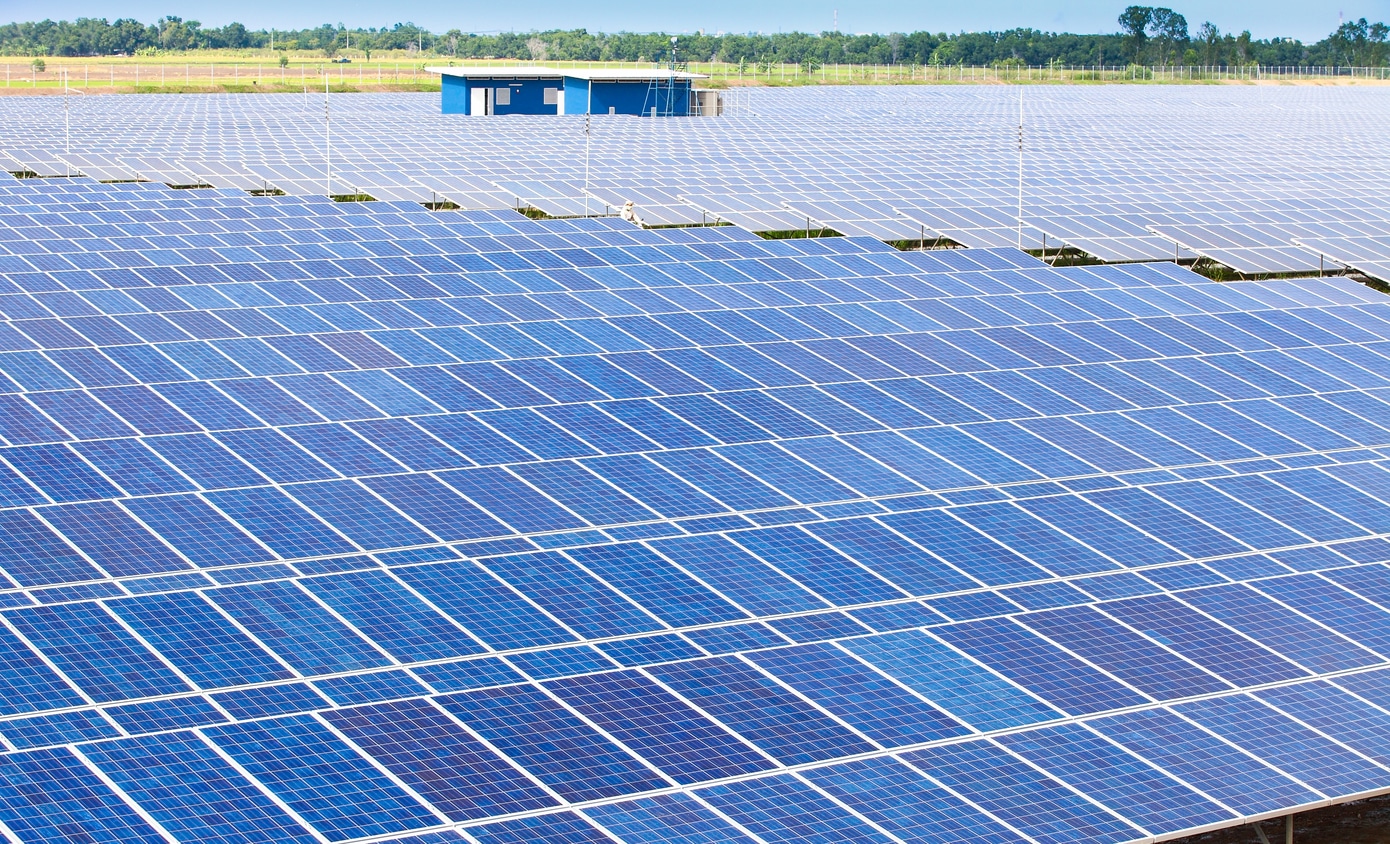Hydroelectric energy or hydropower is also known as water power. Hydroelectric energy is one of the largest renewable energy sources in the United States and the world. In 2020, hydroelectricity accounted for about 7.3% of total U.S. utility-scale electricity generation and 37% of total utility-scale renewable electricity generation. Hydroelectric energy is one of the main sources of renewable energy; therefore, we thought it would be valuable to take a further look into this energy source and review what exactly it is, how it works, and review some other general information about it.
What is hydroelectric energy?
We have reviewed how the sun is used for solar energy and wind is used for wind energy, when it comes to hydro energy, water is the driving force behind generating the energy. Like solar and wind energy, water has been used as a source of power for a long time. Over two thousand years ago, people used flowing water to turn the wheel of their mill to ground wheat into flour.
Hydroelectric energy, also called hydroelectric power, hydropower, or hydroelectricity, is a form of energy that harnesses the power of water in motion to generate electricity. Because hydroelectric energy is powered with water, hydropower plants are generally located on or near water.
Hydroelectricity uses the energy of the water cycle, and because the water cycle is endless and constantly recharging, hydropower is considered to be renewable energy. Understanding the water cycle is important to understanding hydropower. The water cycle has three steps: 1. Solar energy heats water on the surface of rivers, lakes, and oceans, which causes the water to evaporate. 2. Water vapor condenses into clouds and falls as precipitation—rain and snow. 3. Precipitation collects in streams and rivers, which empty into oceans and lakes, where it evaporates and begins the cycle again (eia.gov).
How does hydroelectric energy work?
Hydroelectricity is most often produced at a hydropower plant. Hydropower plants capture the energy of falling water to generate electricity, usually by turning blades in a turbine. The turbine then converts the kinetic energy of falling water into mechanical energy. At that point, a generator transforms the mechanical energy from the turbine into electrical energy and can distribute it to the energy grid.
Most conventional hydroelectric plants include three major components:
- Dam: A dam is usually on a river or some other flowing water source. The dam raises the water level of the river or other water source to create falling water. The dam controls the flow of water by working as a gate to control how much water is released at a time out of a reservoir that is created from the stored water.
- Turbine: Water gains potential energy just before it flows over the top of a dam or flows down a hill. The potential energy is converted into kinetic energy as water pours downhill. The water can be used to turn the blades of a turbine to generate electricity The force of falling water pushing against the turbine’s blades causes the turbine to spin. A water turbine is much like a windmill, except the energy is provided by falling water instead of wind. The turbine converts the kinetic energy of falling water into mechanical energy.
- Generator: A generator is connected to the turbine by shafts and possibly gears so when the turbine spins it causes the generator to spin also. The generator then converts the mechanical energy from the turbine into electric energy. The electric energy can be distributed to the energy grid to power homes, businesses, etc.
The amount of electricity produced by a hydropower plant depends on the amount of water and distance that it falls. The farther and more water that falls, the more energy it generates.
What is the history behind hydroelectric energy?
People have used hydropower to turn paddle wheels on rivers to grind grain for thousands of years. Before steam power and electricity were available in the United States, grain and lumber mills were powered directly with hydropower.
The first industrial use of hydropower, to generate electricity, in the United States was in 1880. It was used to power 16 brush-arc lamps at the Wolverine Chair Factory in Grand Rapids, Michigan. The first U.S. hydroelectric power plant to sell electricity opened on the Fox River near Appleton, Wisconsin, on September 30, 1882 (eia.gov).
There are around 1,500 hydropower plants operating in the United States. Most U.S. hydroelectricity is produced at large dams on major rivers. Grand Coulee Dam is the largest hydropower producer in the United States, generating more than 21 billion kilowatt-hours of electricity each year. That’s enough power to supply 4.2 million households with electricity for one year.
In conclusion
Hopefully you now have a better understanding as to what hydroelectric energy is, how it is produced, and understand its history. Hydroelectric energy is one of the main renewable energy sources.
At Mackinnon & Partners we aim to provide first class candidates to a variety of emerging and established markets with a wealth of knowledge in the renewables, oil and gas, and construction industries both on and offshore. Our senior management has over 40 years of experience in the industry, globally and within the U.S.
Our consultants are sector specialists and passionate advocates for the Renewables Economy. Our team of experts allows us to provide our clients and candidates with exceptional support.
Visit our website to learn more about who we are and to discover global recruitment solutions in the Renewable Energy & Technology sector.
- Construction Jobs Recruitment Agency - April 15, 2024
- What is Recruitment Process Outsourcing? - April 8, 2024
- The Benefits of Outsourcing Recruitment to a Specialist Agency - March 27, 2024








